Baseball's 50 Best Traditions
Dan Tylicki@DanTylickiBaseball's 50 Best Traditions
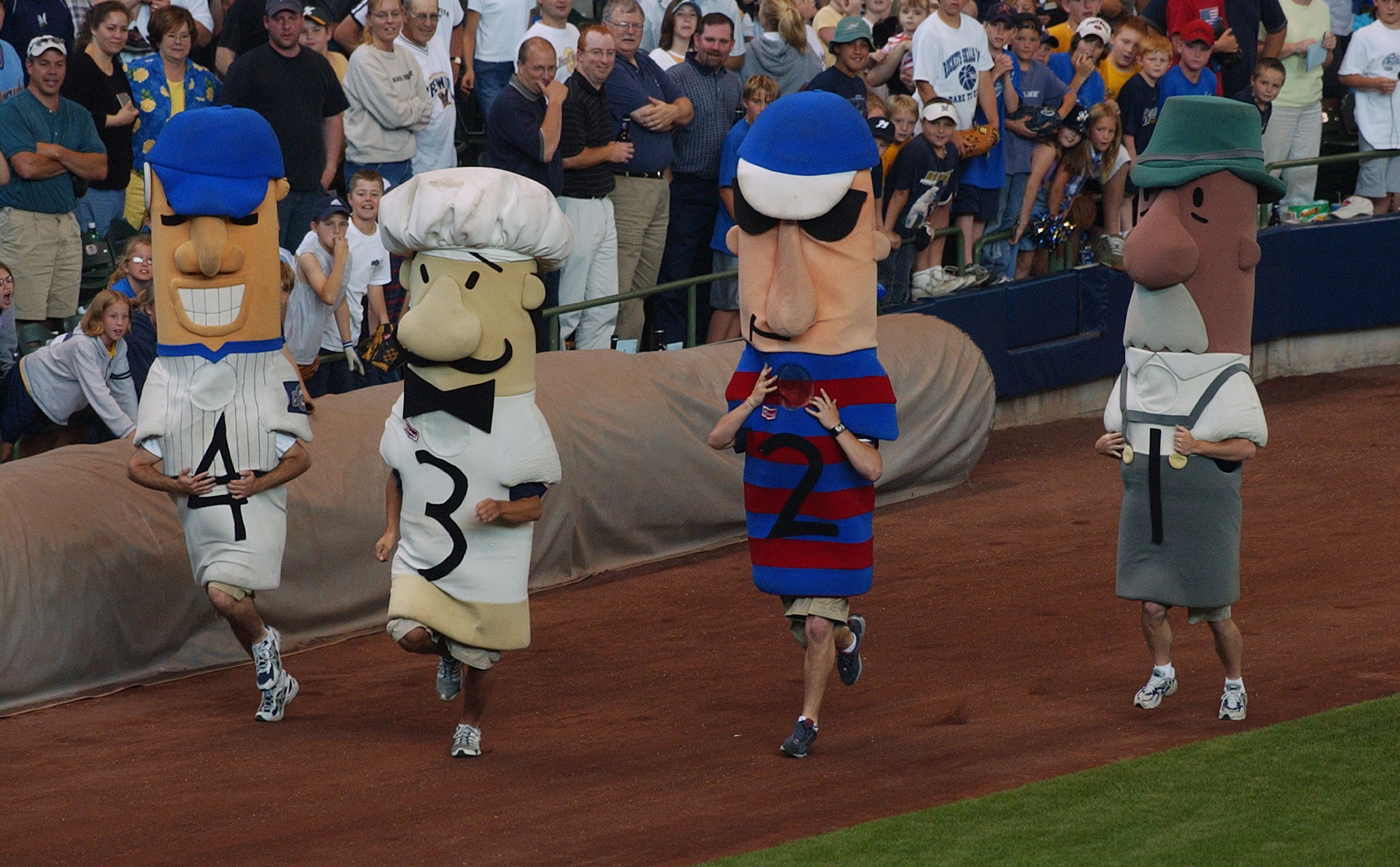
Baseball: America's national pastime, a game rooted in the past and in tradition. It's a sport where, more than any other, you look back at the dominance of yesteryear.
Talking points begin not with Barry Bonds, but Babe Ruth; not with Pete Rose, but Ty Cobb. Hank Aaron, Jackie Robinson, Lou Gehrig, Ted Williams and Willie Mays are also the talk of many.
There are many traditions in baseball. Some are limited to one team or ballpark, while others are practiced and celebrated throughout the league.
The following is a list of 50 of baseball's greatest traditions. They are in no particular order. After all, you can't put a price tag on tradition.
Ceremonial First Pitch
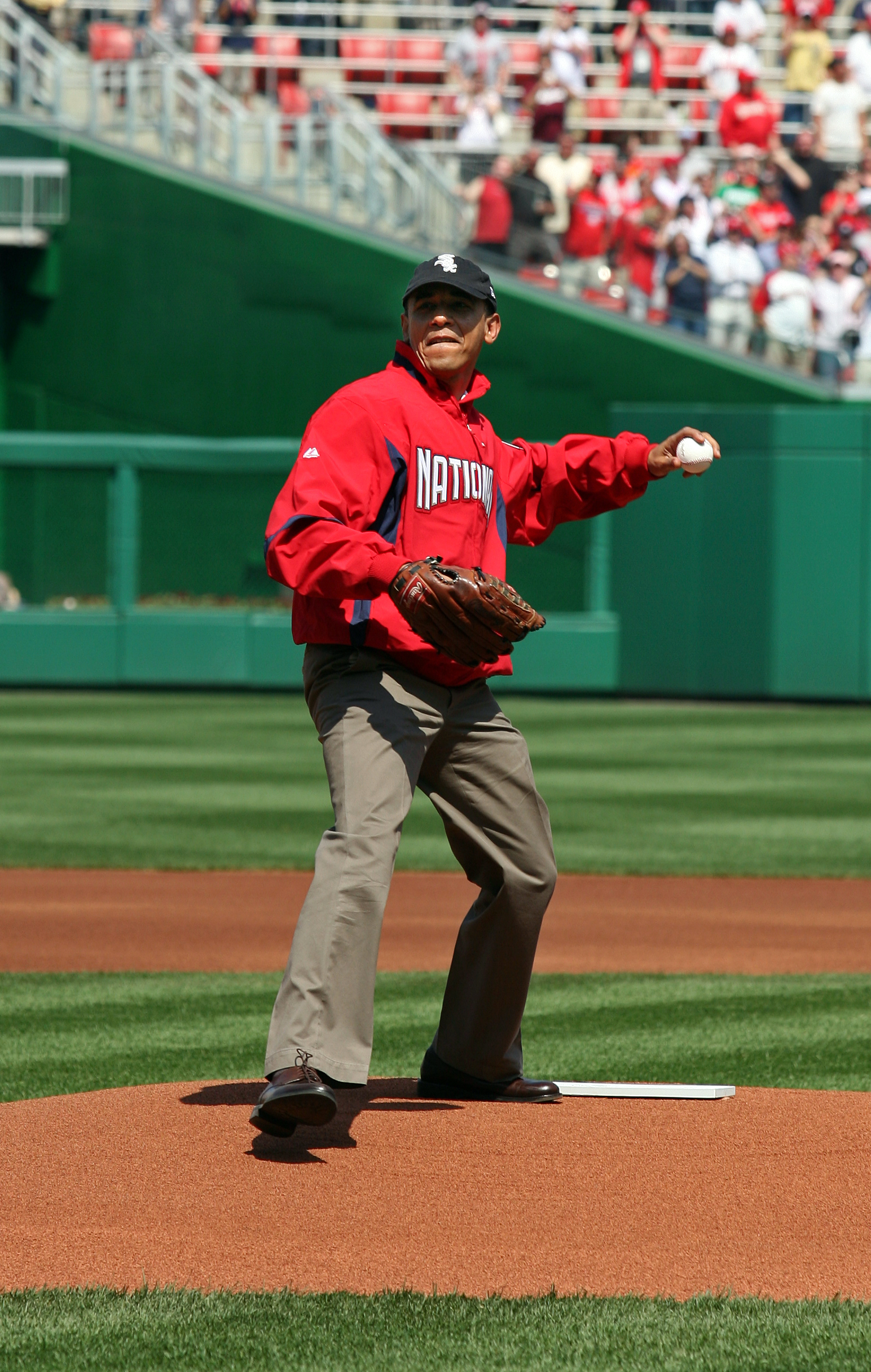
In a tradition 100 years in the making, a notable person will often throw out the first pitch of the ball game. Usually, it's a local celebrity, a local hero or someone of that nature. For the first game of the season, it is typically the President of the United States who throws it out.
The tradition began in 1910 when President William Taft threw out the first pitch at the Washington Senators game. For a time, the first pitch rotated to other cities, but now that Washington again has a franchise, the incumbent president usually throws out the first pitch in the Nationals game.
Baseball Food
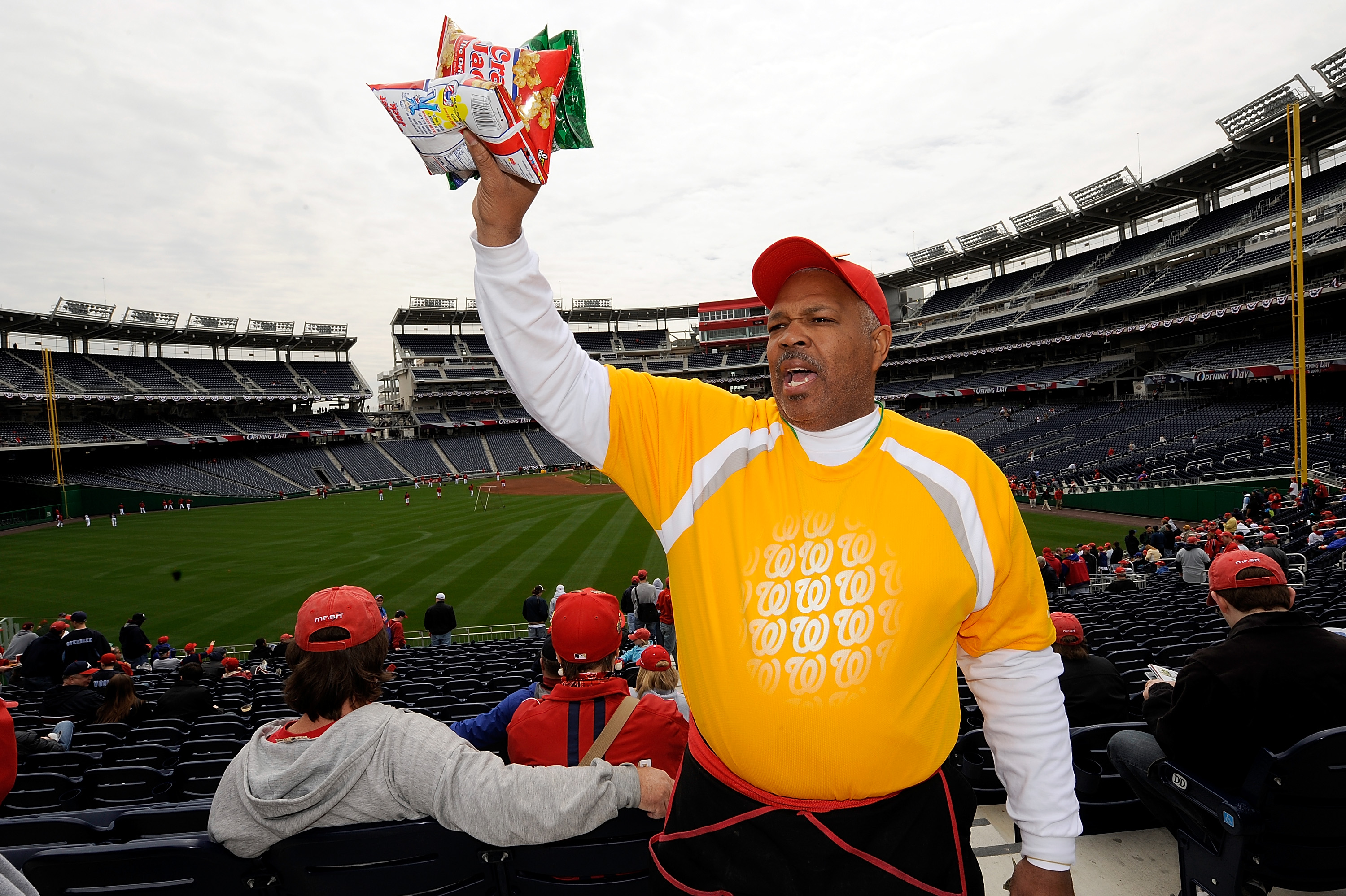
Before we even get to the game itself, let's look at other traditions involving either going to or watching the game.
One of the major ones is simply buying food. Yes, it's expensive these days, but it's something you do nonetheless. There's a reason food is mentioned in "Take Me Out to the Ball Game."
What constitutes baseball food, or stadium food, if you prefer? Some vary among location, but the staples are peanuts, hot dogs, Cracker Jack, nachos and the huge soda/pop that costs $5 and you know you're not going to finish, but nonetheless you get that souvenir cup.
There are many more too: pretzels, beer, ice cream—the list goes on and on.
Take Me Out to the Ball Game
While on the subject of peanuts and Cracker Jack, the anthem of the ballpark, "Take Me Out to the Ball Game," is one all baseball fans know. Few know the full song, but everybody who's seen a ball game knows the chorus.
Harry Caray is likely the most well-known man to sing this. The longtime Cubs announcer began singing it to himself in his booth as the White Sox announcer when Bill Veeck turned his mic on, letting him sing it to the crowd. When he moved to the Cubs and Wrigley Field, it became a tradition.
The tune is sung at each game during the...
Seventh-Inning Stretch
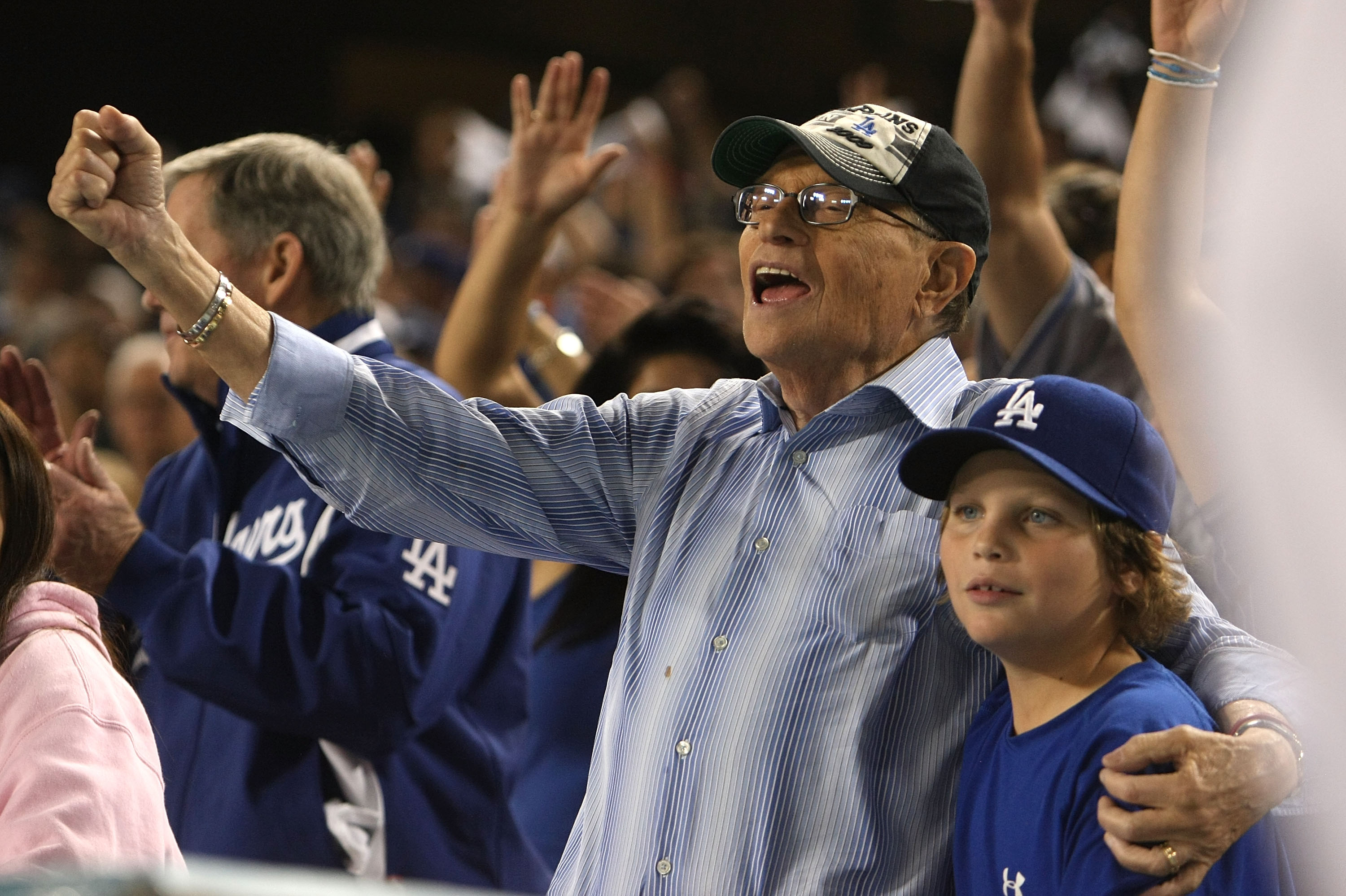
Once the top of the seventh inning is over, you start to feel a little tired; if you haven't gotten anything to eat or drink (but you have, as I've noted earlier), then you'll feel like you need to stretch out and walk a bit.
The popular origin of this, though it's most likely legend, is that during a 1910 game, President Taft got up to stretch in the middle of the seventh, and out of respect, the crowd joined him as well.
After getting up and singing "Take Me Out to the Ball Game," people sit back down or grab their final snacks (now's the time for ice cream if it's summer), and the game begins to wrap up.
Take Me Out to the Ball Game as Sung by Celebrities
After Harry Caray's death in 1998, the tradition of singing "Take Me Out to the Ball Game" continued. Instead of just the crowd singing it, celebrities would be invited to sing it along with the crowd.
If you name a celebrity, there's a good chance they've sung it. Mr. T, Ozzy Osbourne, Bill Murray—the list goes on.
Some sing it very well. Others, well, not so much.
The National Anthem
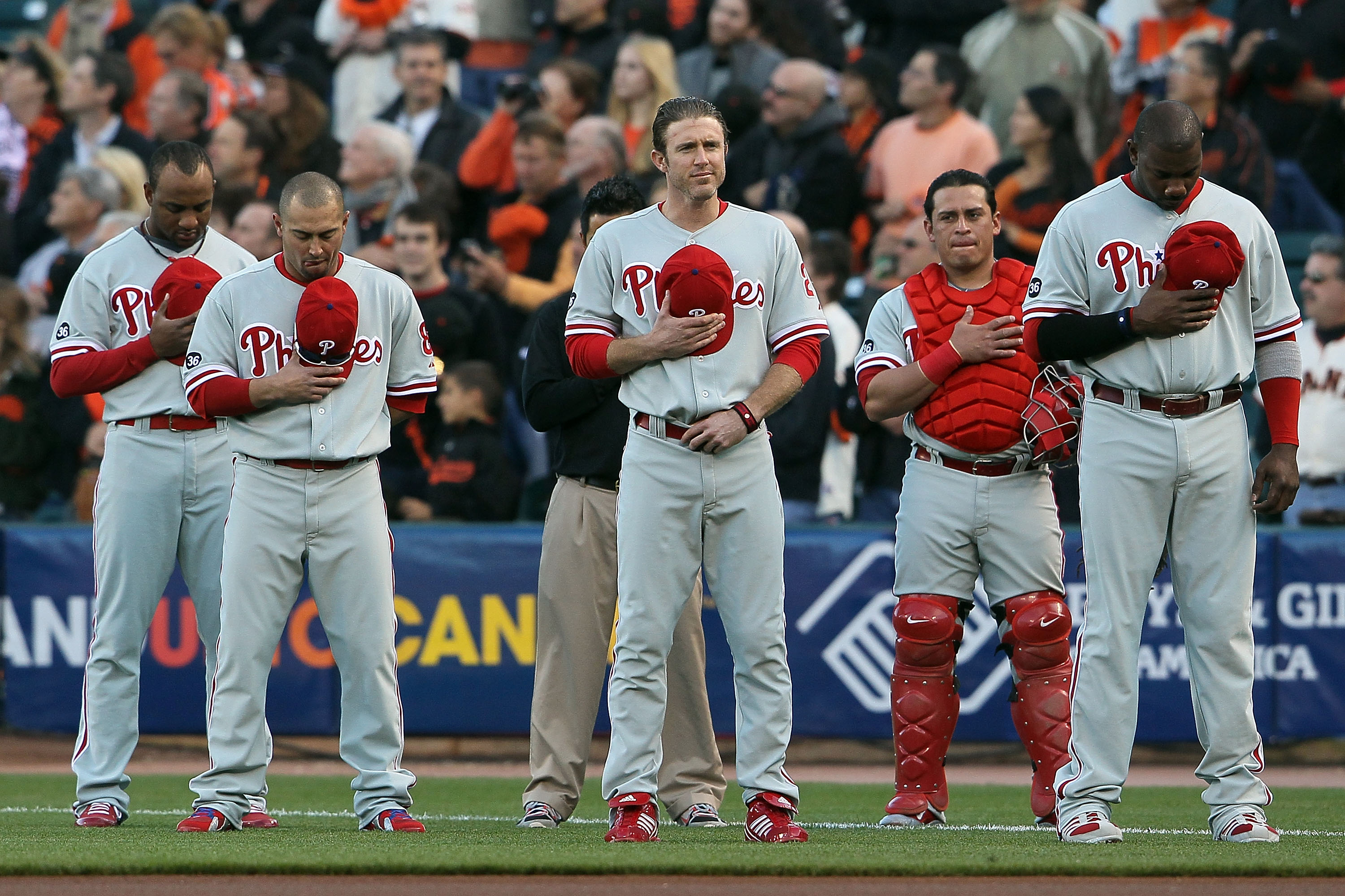
Of course, who can forget the singing of the national anthem? It's sung at the start of every sporting event, yes, but baseball was the originator, doing it for every game since World War II and even performing it once in a while during the 19th century.
Sweet Caroline at Fenway Park
While the national anthem and seventh-inning stretch are played baseball-wide, this is a tradition centric to the Boston Red Sox and Fenway Park.
The tradition of playing Neil Diamond's "Sweet Caroline" is relatively new, as the song began to be played in the middle of the eighth inning each day in 2002. It has since caught on, and maybe this is something that helped to break the Curse of the Bambino.
New York, New York at Yankee Stadium
Now that I've included a Red Sox tradition, let's add a Yankees one.
Originally, after a Yankees win, Frank Sinatra's "Theme From New York, New York" began playing, and Liza Minelli's cover would play after a Yankees loss. It has since changed to Sinatra's being played no matter the outcome.
While it is played at other New York stadiums as well, the Yankees are the prominent example.
Dollar Hot Dogs

If there's one special tradition that puts equal emphasis each on the mind, stomach and pocketbook, it's dollar hot dog night at the stadium.
I'm not sure where this tradition began, though it seems to be most known as something the Rangers do. In reality, it's a special event several times a year throughout the country.
The dollar hot dogs themselves are great enough, but what makes them tradition is what goes along with it. Getting one and trying them with different toppings, buying 10 and challenging your friends to an eating contest or even just buying the one and getting right back to the game—all are enjoyable.
Handing Money to Vendors Assembly Line-Style
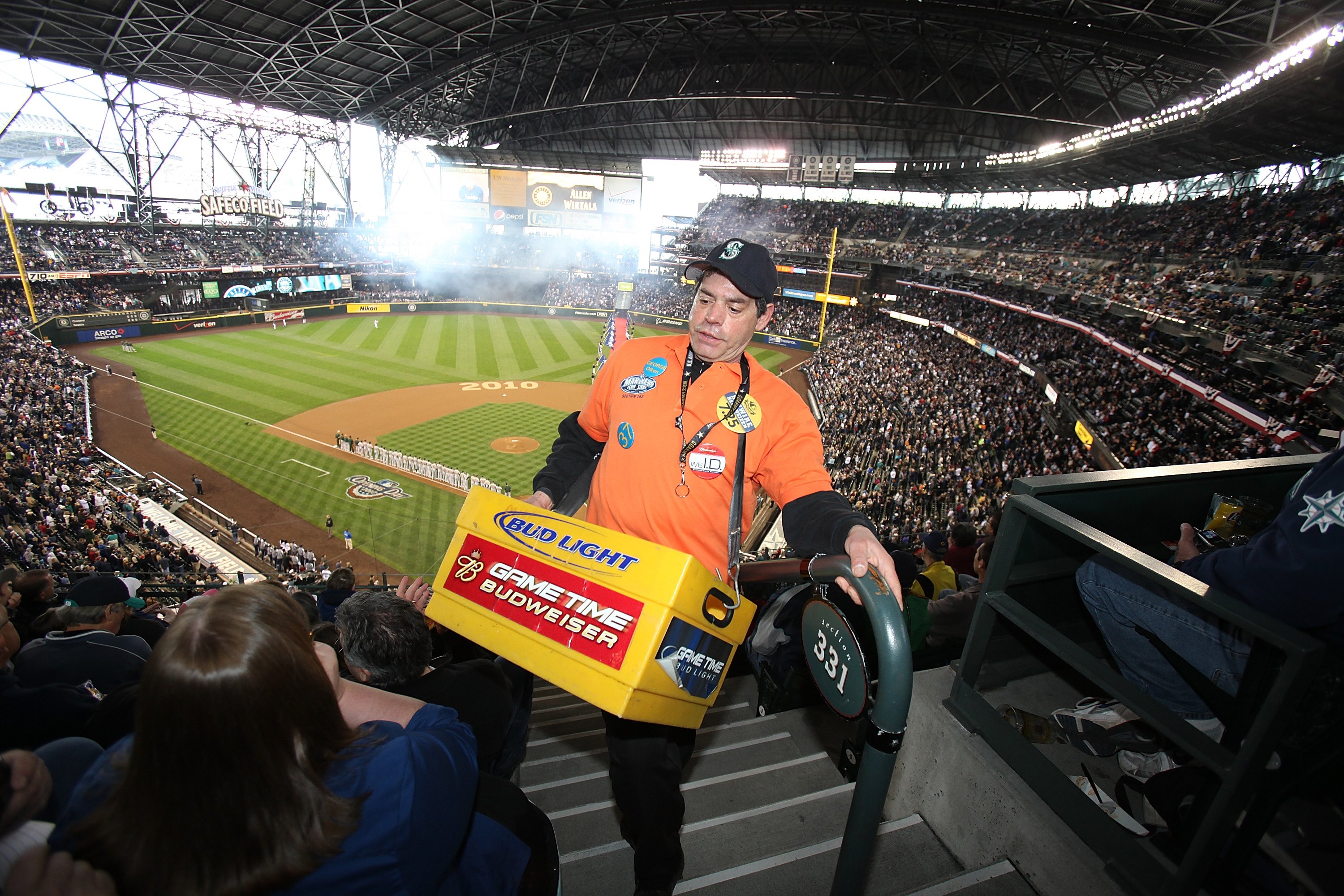
In this day and age, people can be untrustworthy. You keep an eye on others and make sure they don't steal anything from you, and people can be reluctant to help others.
Yet all that is thrown out the window in baseball.
Many vendors come by, and whether they're selling peanuts, ice cold beer or popcorn, you shout for it, and all you have to do is pass your money down the row. No matter who your seatmates are, they'll give it to the vendor, who passes your purchase down, and you get it without any problems. You won't find that kind of service anywhere else.
Automatically Bringing Your Glove to a Game

Now that we have the music and food out of the way, let's take our seats at the ballpark. If there's one thing people will bring to the game, it's their baseball glove.
It doesn't matter if you're sitting at the foul line, behind home plate or in the nosebleed sections—the glove comes to the park. After all, you never know where those foul balls might end up.
Waiting by the Dugout to Get the Inning-Ending Ball

This one may not be as familiar unless you've been lucky enough to get premium seats. If you have, then you know what I'm talking about.
After each half-inning, one of the last ballplayers that comes into the dugout tosses the baseball up into the stands, usually just barely clearing the dugout, and just enough so that any kids nearby can try to grab it for themselves.
It may not be a foul ball or home run, but it's an amazing souvenir nonetheless.
Booing Players You Recognize on the Scoreboard
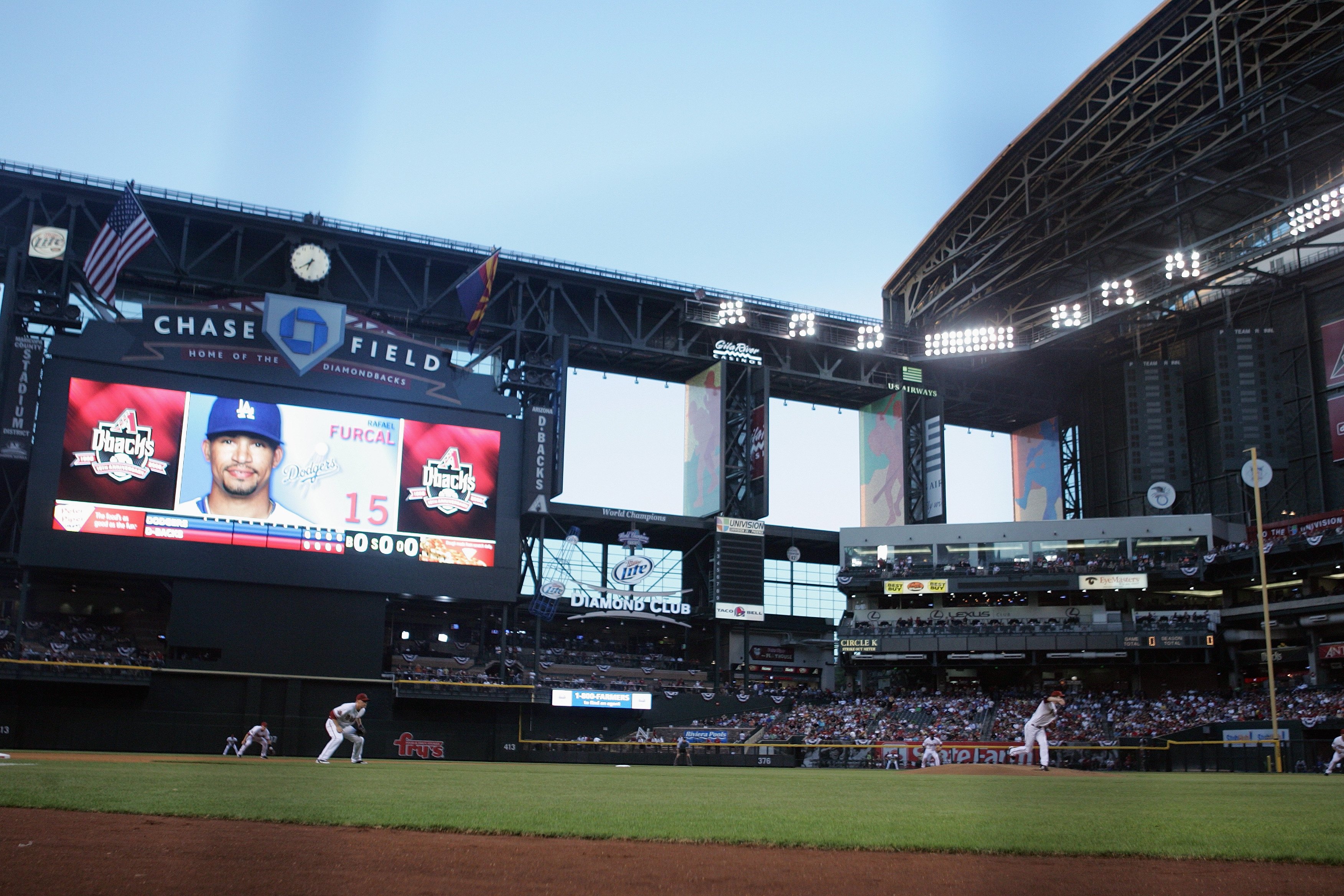
I remember when I was a kid cheering for the Indians. I went to a game in 2000 against the Baltimore Orioles, where I recognized their cleanup hitter immediately; the powerful yet unlikable Albert Belle. Needless to say, all my boos had one target. Kids and adults alike join in on this.
Yes, people boo opponents all the time; it transcends baseball. What makes this a baseball tradition is that the boos are not directed at the people as they make their way on the field, or when they're playing on the field; they're directed right at the scoreboard as their picture comes up.
Getting a Bobblehead
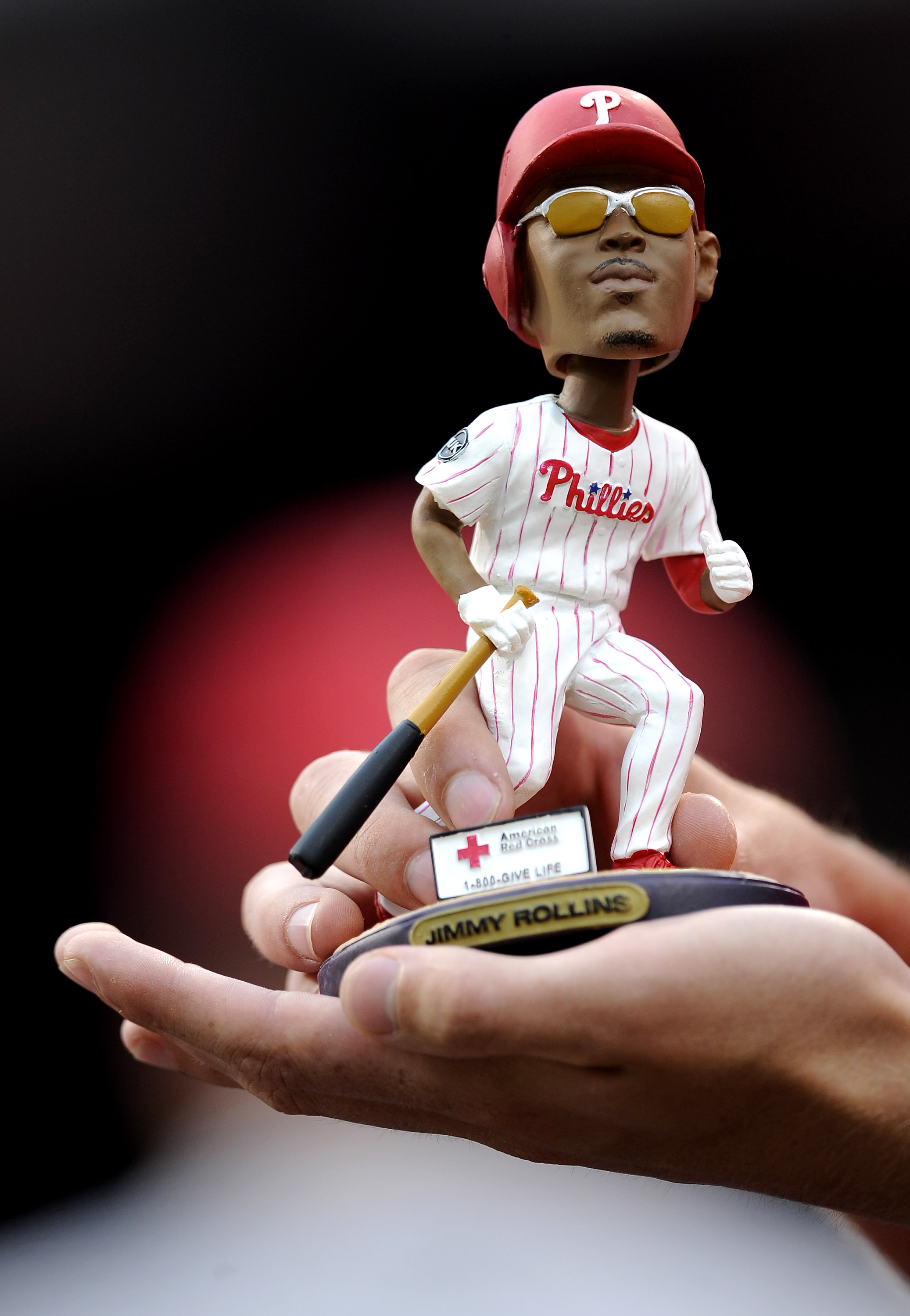
The first 10,000 people get a bobblehead as they enter the stadium. Whether it was one of Albert Pujols or Luis Pujols, you wanted to be one of those people that got one.
It's a great souvenir, and while there are many, many other giveaways over the course of a season, there's something about the bobbleheads that will draw a fan.
They're fairly popular now, but their heyday was the 1960s, and as a result it's something the older and younger generations can both enjoy.
A Simple Father-Son Afternoon

Whether it's actually going to the game, watching it on television or listening to it on the radio, a father and son taking in the game together is an amazing tradition that I hope will never die. It's just something that can bring a duo together like little else can.
Throwing an Opponent's Home Run Back

Catching a home run from the team you root for is an amazing feeling. It's a souvenir you'd be lucky to get once. Catching a home run from the opposing team, however, feels wrong.
It is primarily a Cubs tradition to throw the ball back from an opponent's home run, but it does happen nationally as well, especially when the ball is hit by a rival team.
It may sound silly to a non-baseball fan to throw the souvenir back, but it's tradition to do so, even if you never catch another ball in your life.
Booing Those Dropping a Foul Ball

As noted, catching a foul ball is just one of many joys awaiting you in a baseball game.
If someone is going to try to catch one with their glove, though, they better catch it. No letting it fall in the popcorn or bounce off the glove and having it fall back on the field. The boos that result are not hostile, but simple "you messed up" boos.
Keeping Score

This tradition may have fallen by the wayside but nonetheless has always been a big tradition when going to games.
Putting in the right numbers and dashes when the batters come up is not the easiest tradition to adopt on here, but it does end up bringing you a lot closer to the game.
Postgame Fireworks

Fireworks have become a staple of baseball in various ways. Often, fireworks are shot after a home run. In some other sports, fireworks are used in the pregame festivities. When it comes to baseball, the best fireworks are the postgame fireworks.
After the field clears and the game wraps up, the fireworks are shot off, and it's a great sight to watch, whether your team won or lost.
The Play-By-Play Announcer

No matter what team you root for, each team has its special play-by-play announcer. Only in baseball does that position rise to such prominence. The Phillies had Harry Kalas, the Cubs had Harry Caray, the Brewers had Bob Uecker, etc.
Each announcer has his idiosyncrasies that you grow up on; it even becomes a way to detect people from your hometown.
Rain Delay Antics
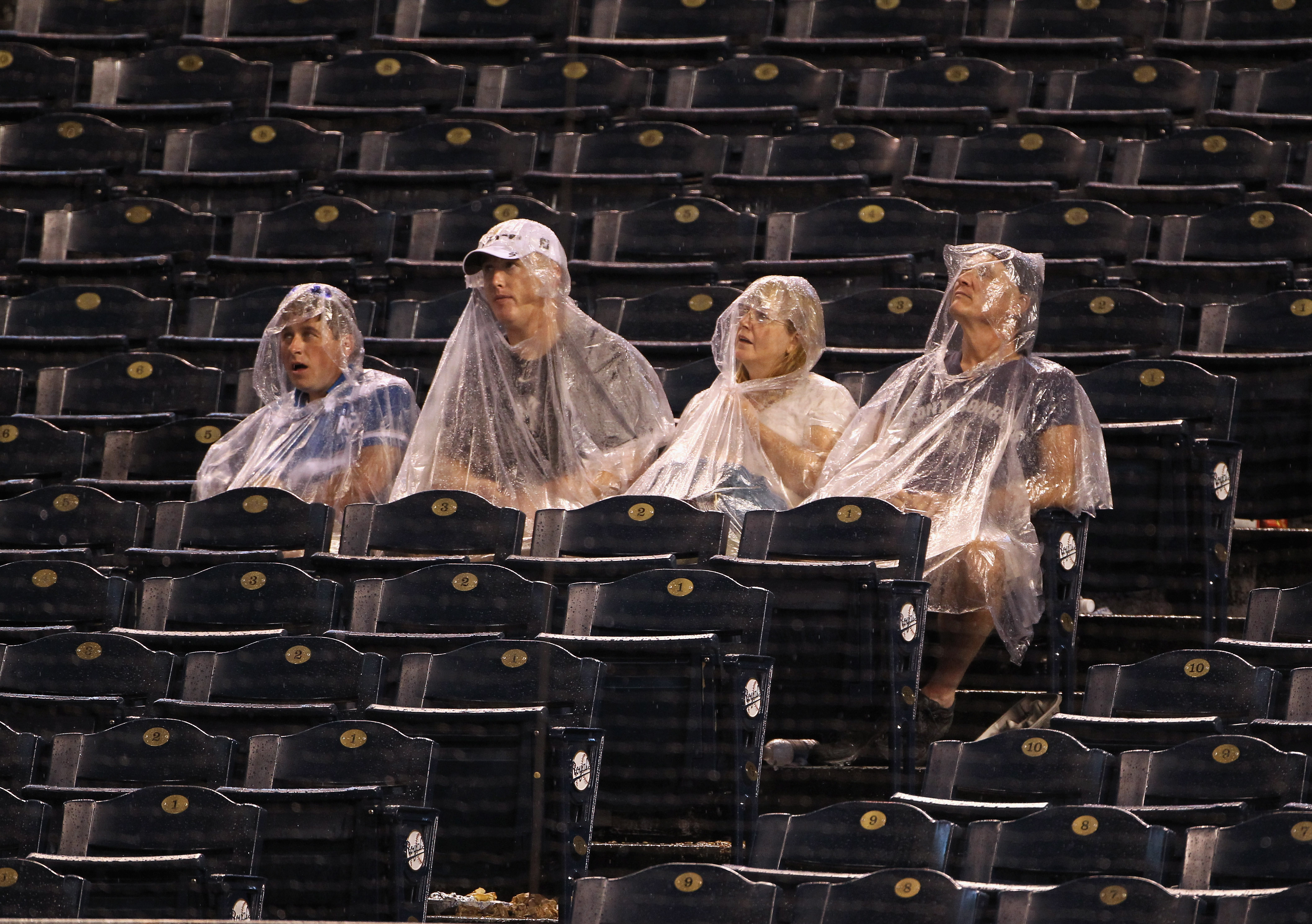
Sometimes the fun of watching a ball game has to wait as a result of rain. If the rain is no more than a drizzle, there's always the tradition of putting on a clear poncho and sitting through the game. If it's bad enough, out comes the tarp and it's a waiting game.
To pass the time, since delays can last for hours at times, some players will often have fun in the rain, whether it involves sliding on the tarp or other antics. This tradition helps the delay not feel quite as long.
Not Jinxing a No-Hitter or Perfect Game
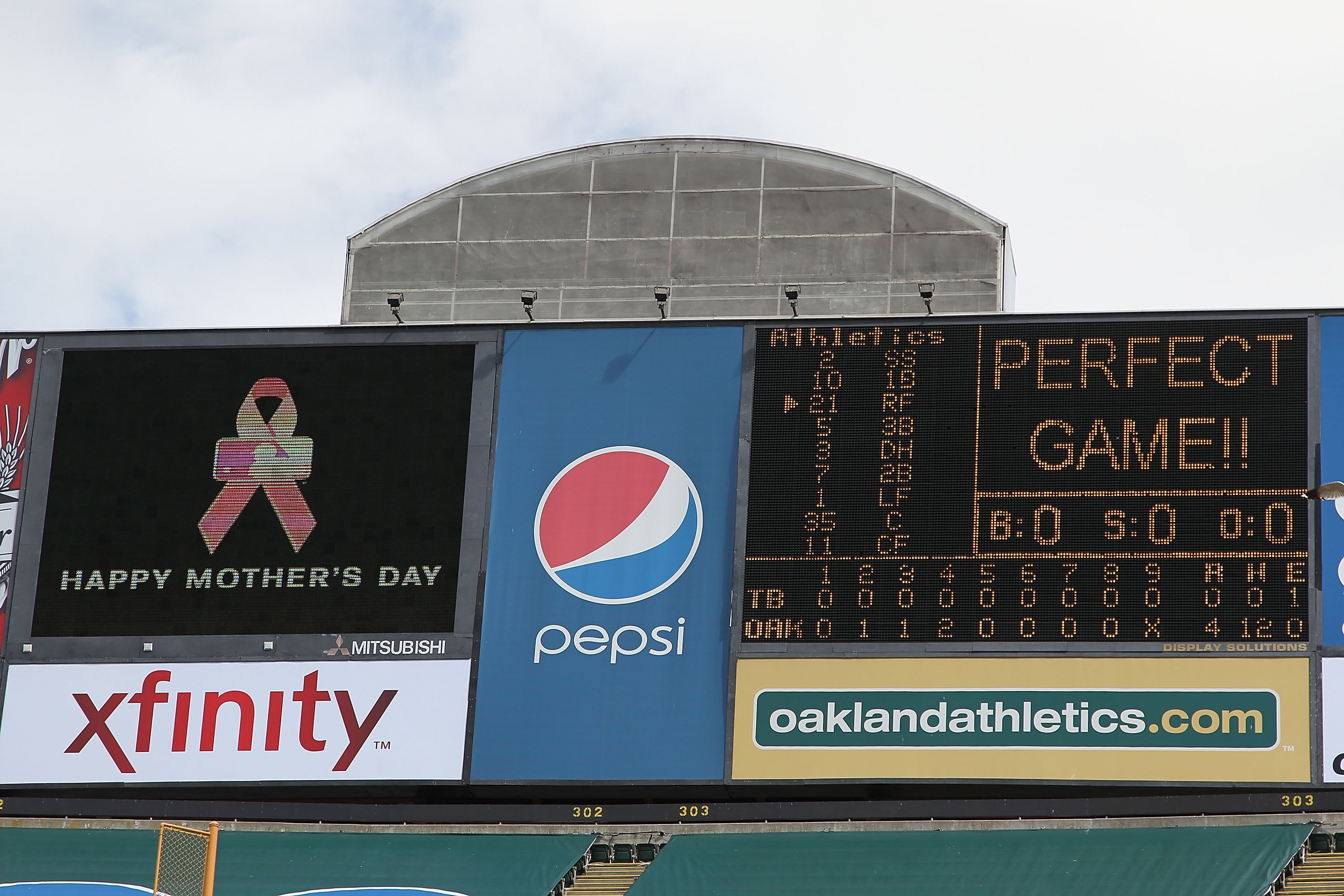
Sometimes a game just feels destined to happen, and sometimes a pitcher ends up throwing a no-hitter or perfect game.
When a pitcher is on this path, one thing others make sure not to do is say anything about it. Announcers tend to say this to the audience at home, which is fine, but nobody says anything to the pitcher for fear of jinxing it.
Maybe it's superstition, but it's a tradition no one would dare try to break.
Pre At-Bat Rituals
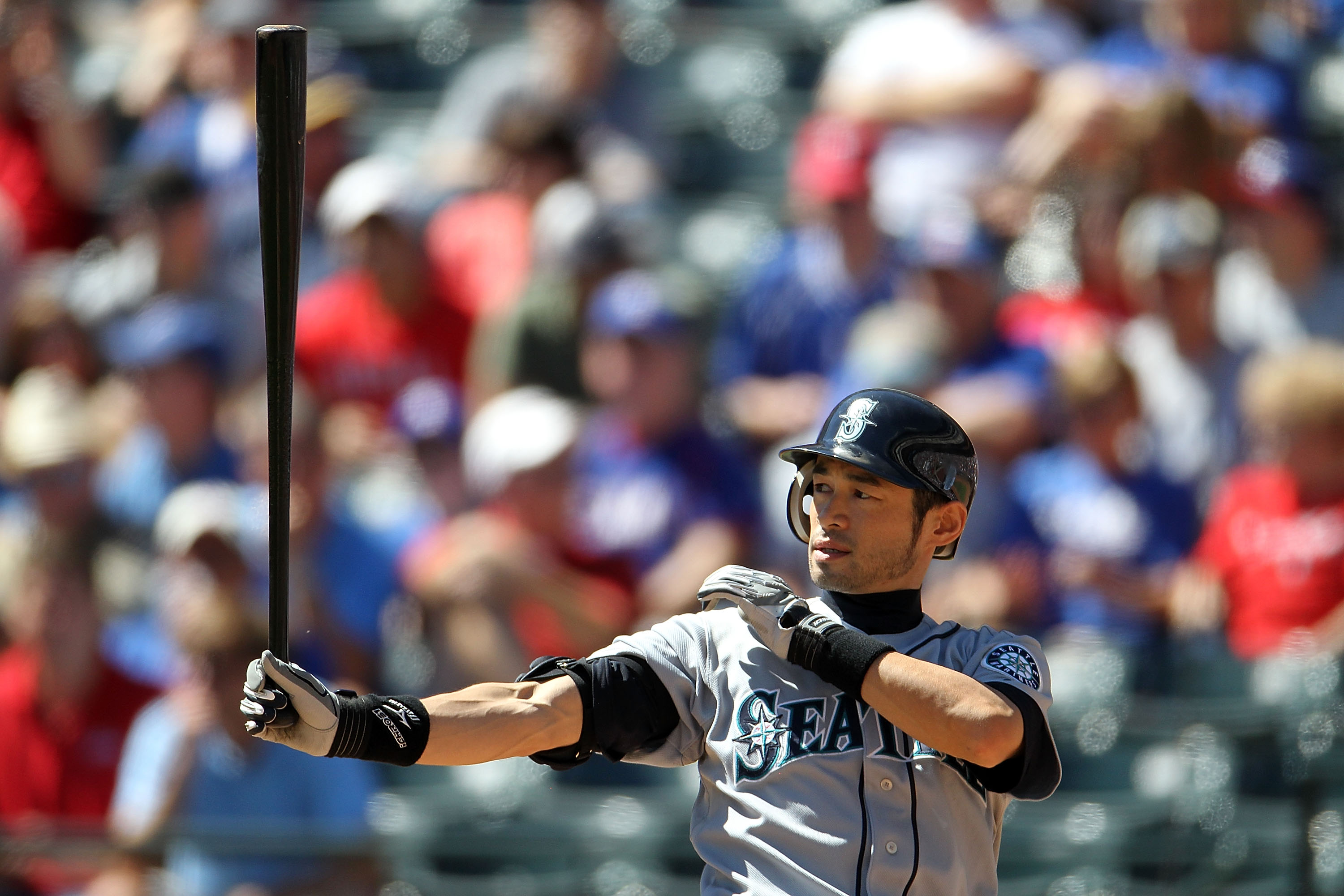
When a player steps up to a batter's box, many have their particular things they do, whether it's when they are in the box or while they're on deck.
Ichiro's holding out the bat is probably the most famous modern one, but over history there have been many others, such as Nomar Garciaparra's glove adjustments.
They can be annoying at times, but could we imagine those players without those tweaks? I couldn't.
Entrance Music
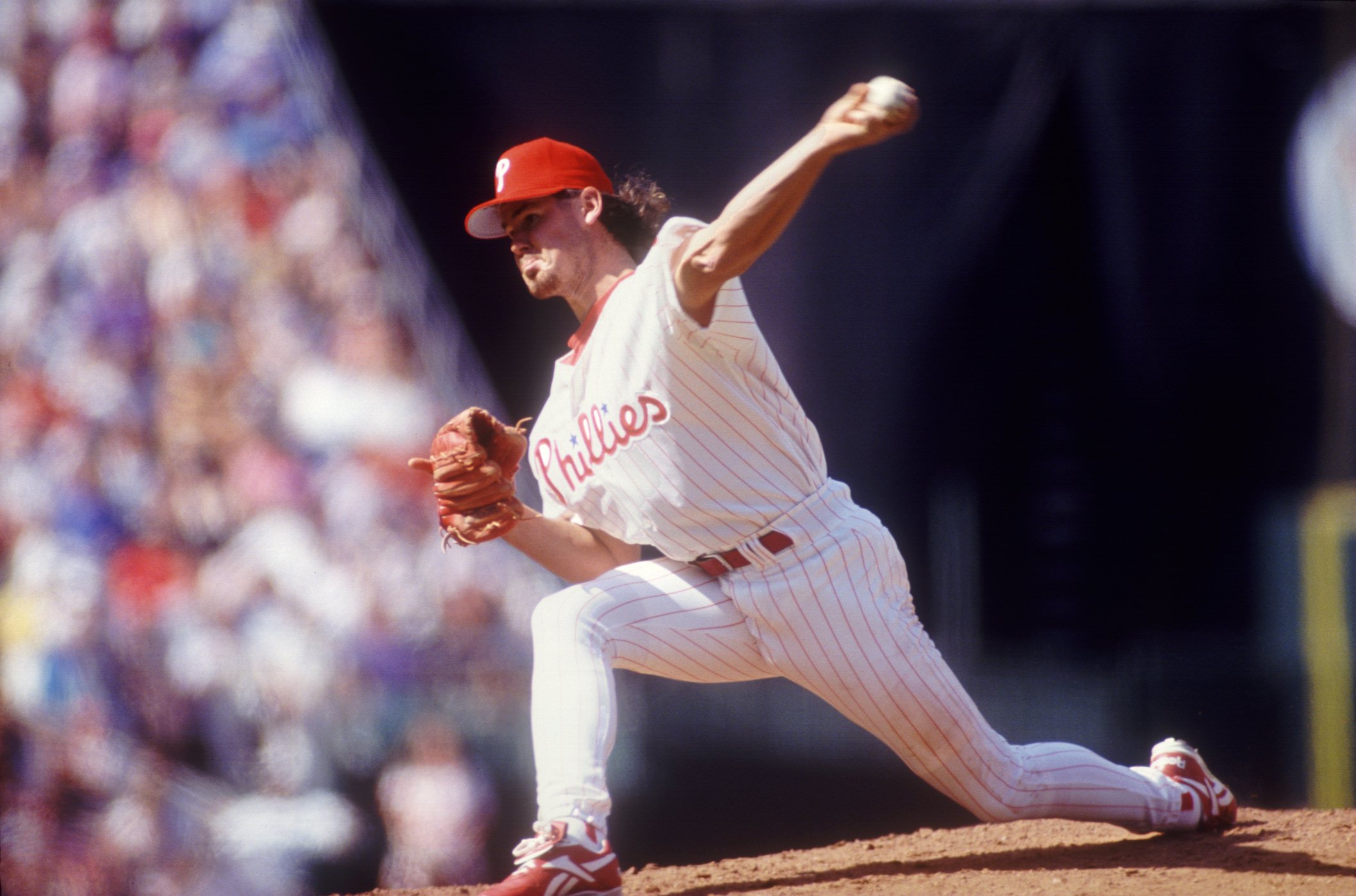
When you think of entrance music, what's the first thing that comes to mind? The answer's likely pro wrestling, but if there's a sport that uses it more often than you may think, it's baseball.
The most famous example is Charlie Sheen's character Rick Vaughn entering to "Wild Thing" in the movie Major League.
While closers are the most frequent users, many, many players will use entrance music. Mitch Williams adopted both the nickname and song while playing for the Phillies; Jonathan Papelbon used it for a while as well. Beyond that, Mariano Rivera and Billy Wagner have both used "Enter Sandman."
Pies in the Face
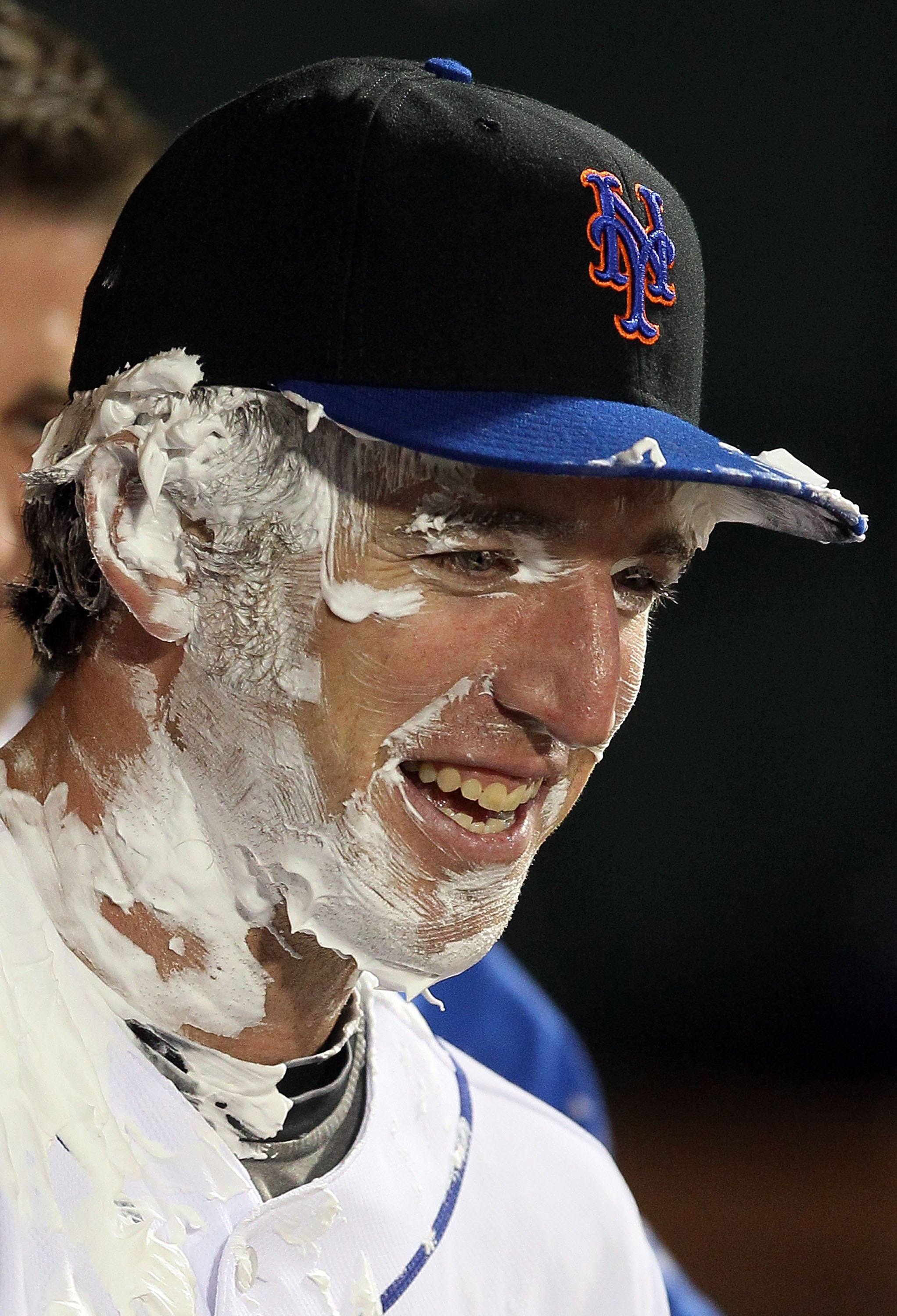
Pies in the face tend to be more player-specific; Trot Nixon was a well-known pier, as is Angel Pagan for the Mets today, as well as A.J. Burnett. After a player hits a walk-off for the win, a player will hit him in the face with a pie during the postgame interview.
Pieing can go badly, as in the case of Chris Coghlan this past year, but usually it's tradition and harmless fun.
The Team Waiting at Home After a Walk-Off
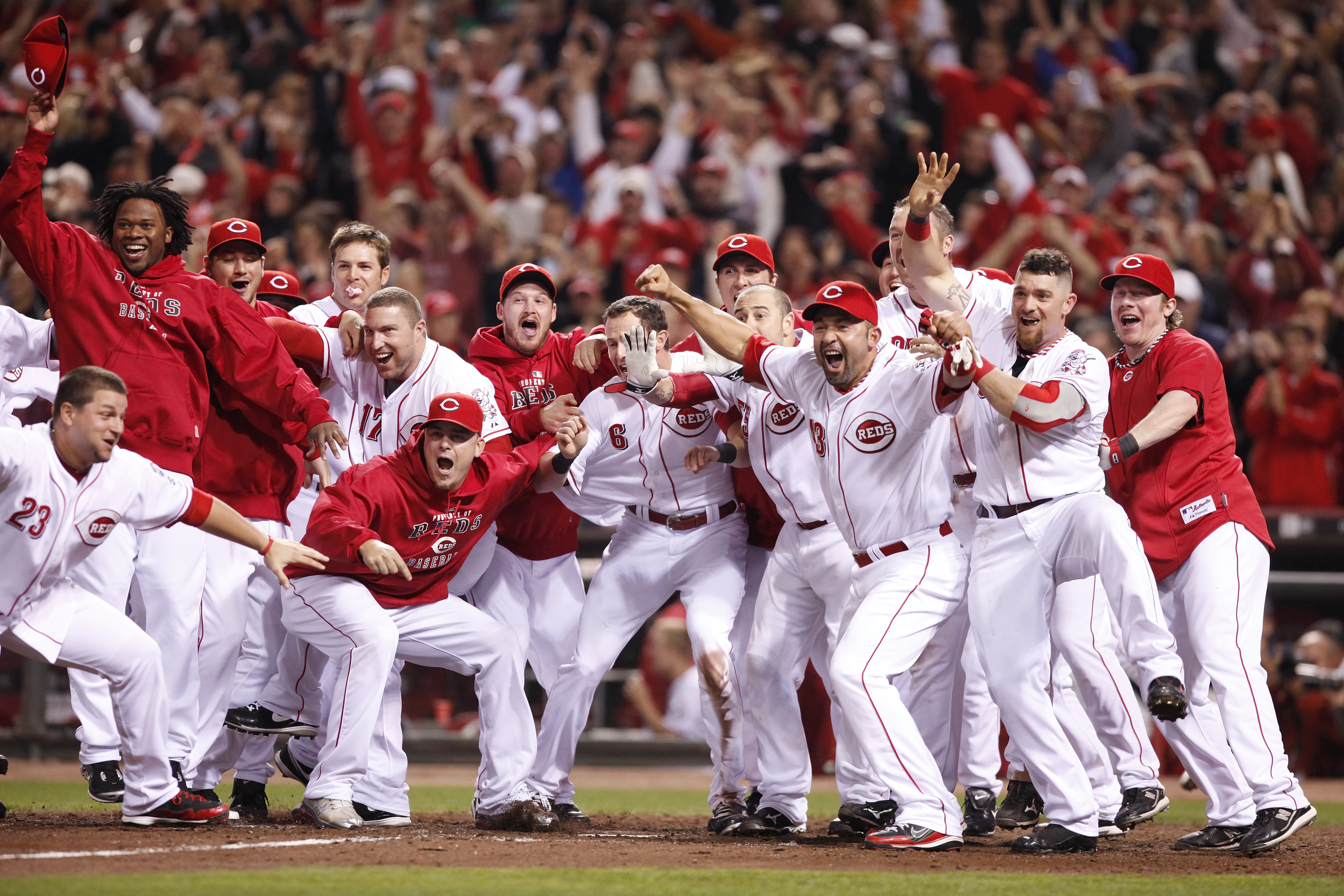
Before a player can even get to the postgame interview to get pied, there's one more obstacle they have to climb: the team circle at home plate.
Once the player lands on home, they all jump up and down in celebration, and so long as nothing ends up broken, it's great to watch.
Curtain Call
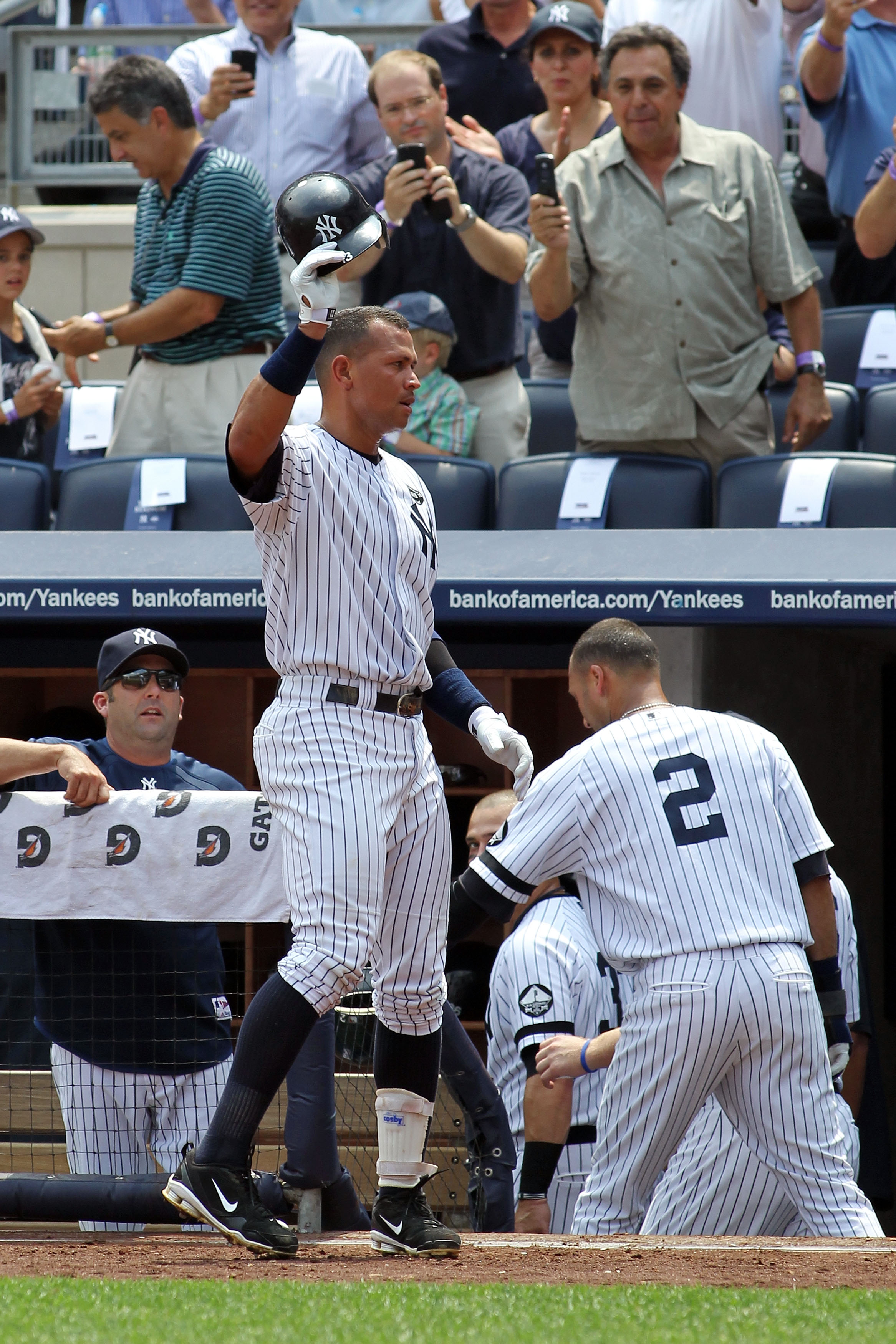
Hitting that key home run is a joy in itself, and when a player does so, applause is natural. However, as things are being set up for the next batter, or even later, often the player will walk back out of the dugout raising his helmet. The applause comes back, and we applaud him again as he does the curtain call.
Why? Same reason we do it in the theater: to acknowledge what we've seen.
Rally Caps

When a team is behind and in need of a walk-off or comeback to get to these traditions, there's another that can help them reach that goal: the rally cap.
You take the cap with the logo of your team and turn it inside-out in hopes that it will bring luck to the team. Silly? Perhaps, but nonetheless we do it in hopes that it will actually help.
Kangaroo Court

Kangaroo court actually has nothing to do with the above picture. Instead, it is a court created within a team that fines players for silly or elementary offenses. They're not large fines (usually only a dollar) and not for anything serious enough to warrant real fines.
It's harmless fun, with the money going to charity in the end in some cases.
Managerial Tirades

Some can be annoying and hard to watch, but nonetheless they are tradition. Umpires are usually quick to eject managers who are mouthing off, but ironically, once that happens, that's when the fireworks really get going. The tirades can involve throwing bases, kicking dirt and whatever the manager comes up with.
It's fun to watch, even if you'd rather it not happen with your manager.
Walking Around the Mound

When players leave the game after three outs to head back into the dugout, there is one obstacle that may get in their way: the pitcher's mound. As a result, the players simply walk around it.
Walking over it may be quicker, but there is just something about that that makes it wrong. It's one of baseball's unwritten rules.
Alex Rodriguez came under fire for this not too long ago, and yes, perhaps it was because it was him that it was made into a big deal. Nonetheless, those of us who have played the game and watched it know that it's just something you don't do.
Putting Up K's for Pitchers' Strikeouts

Having a starting pitcher you can rely on to strike out batters often is a great feeling for any fan. When he is a strikeout machine, like Roger Clemens or Pedro Martinez back in the day, or Jered Weaver, King Felix or Tim Lincecum now, fans will often hang K's over a wall to count each strikeout.
Why this is done? I'm not sure. I've never thought to question it; it's just a simple pleasure of being part of the game.
Ballboys and Batboys

When you're a kid, what's the one way you can be a part of the action? That's right: be a batboy.
It's unfortunately a tradition that can no longer be passed on, as MLB has a minimum age of 14 now. Nonetheless, it is still great for those that are batboys, bringing the bats to players, or those that are ballboys and sit at the foul lines to catch any foul balls so they don't interfere with the game.
There are, of course, batgirls and ballgirls too. All put together make for a great way to integrate those who would otherwise never be part of the team.
Not Stepping on the Foul Line
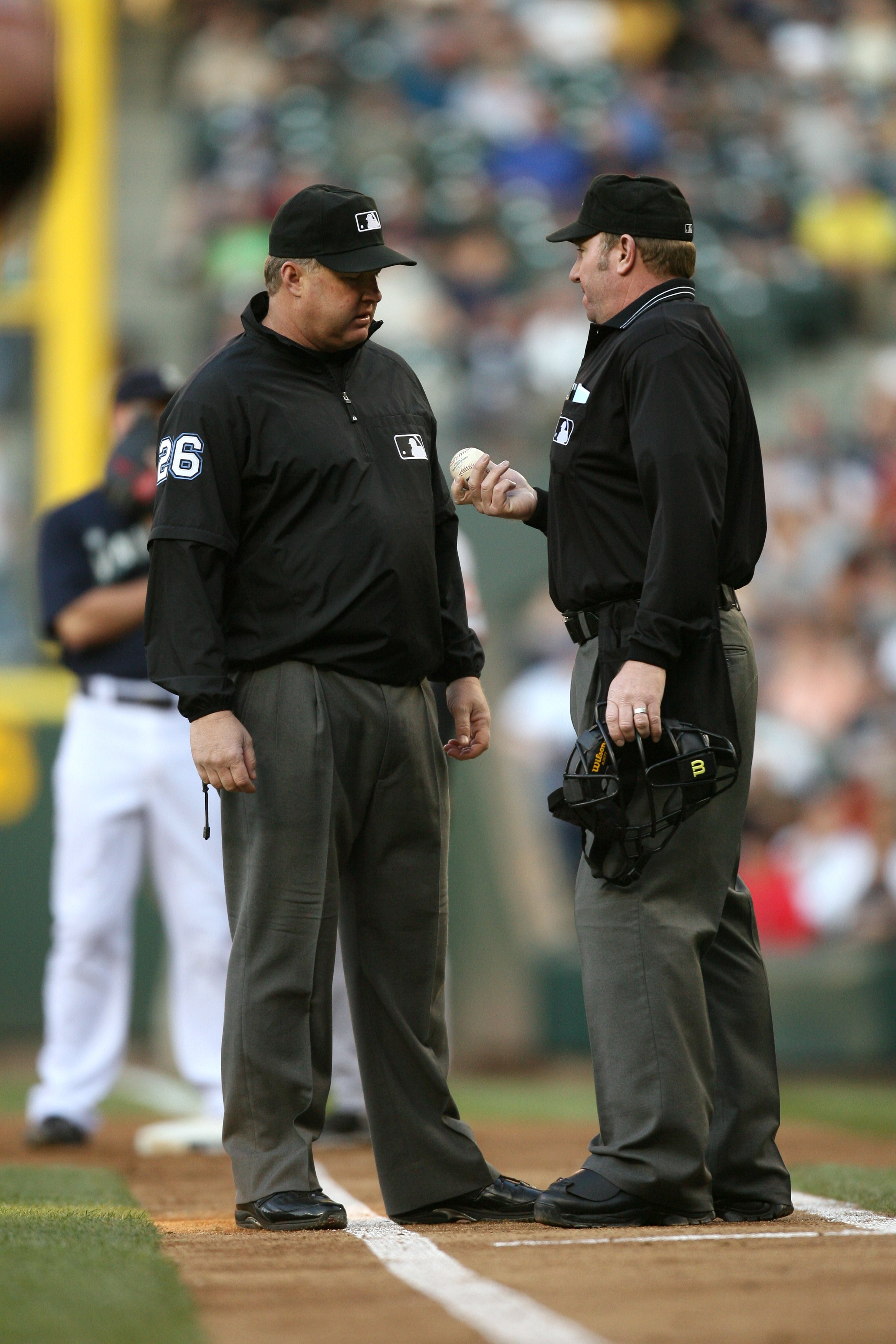
When players come back from the dugout, aside from not stepping on the pitcher's mound, there's one more place they don't step: the foul line. Why? It's just tradition that you don't.
Pitcher Mel Stottlemyre once did this in 1987, figuring what's the worst that could happen. Here's what happened per The Baseball Almanac:
"The first batter I faced was Ted Uhlaender, and he hit a line drive off my left shin. It went for a hit. Carew, Oliva and Killebrew followed with extra-base hits. The fifth man hit a single and scored and I was charged with five runs. I haven't stepped on a foul line since."
Curses
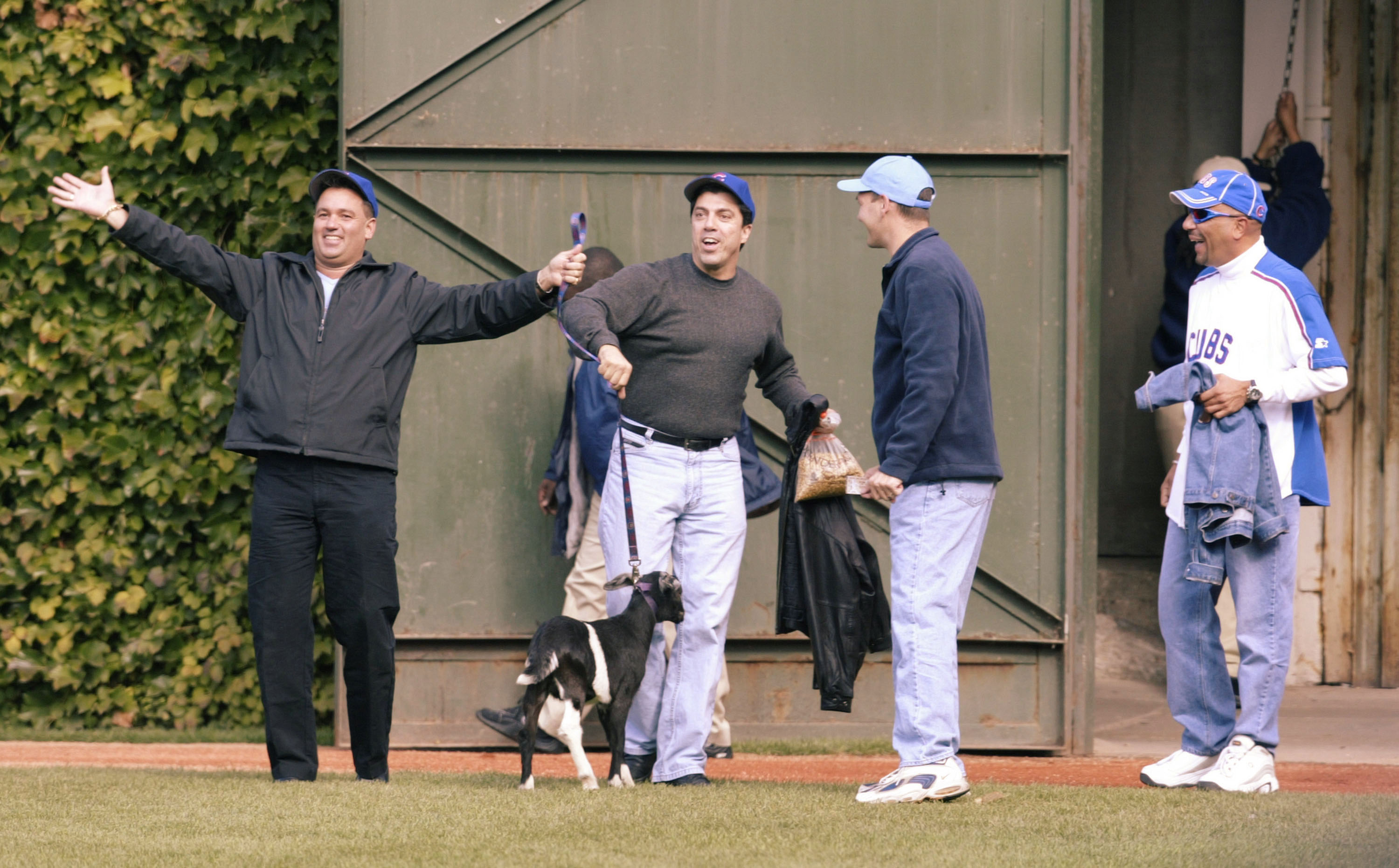
Oh my, it's been nearly 30 years and our team hasn't gotten back to the playoffs. How could this happen? Ineffective coaching? Rotating GMs with bad plans? Nope, it's gotta be a curse!
The most famous one is the Curse of the Bambino, which took 86 long years for the Red Sox to break. The Curse of the Billy Goat, preventing the Cubs from winning a title, and the Curse of Rocky Colavito against the Indians are both going strong after over 50 years.
Even Japanese baseball fans have their own curse: the Curse of Colonel Sanders against the Hanshin Tigers.
Strange Ballparks

Here's a tradition that, as baseball evolved, has disappeared, but nonetheless made games interesting. When I say strange, I mean that there were ballparks with very ridiculous dimensions.
For example, League Park, the original home of the Indians, had a 470-foot center field wall and a long left field one as well. The right field well was only 290 feet away though, and as a result a giant fence was put there to stop easy home runs.
The most famous of the strange ballparks was the Polo Grounds, home of the New York Giants. Left and right field were well under 300 feet away from home plate, but center field was 483 feet. The dimensions made things very tough.
Yes, ballparks may be better now, but I think ballparks have to be asymmetrical. Without it, there would be no Green Monster at Fenway, and no Willie Mays catch in the 1954 World Series.
Designated Hitter

There is no in-between on this American League tradition: You either think it's amazing or making a mockery of the game.
In 1973, the American League adopted using the ninth spot in the lineup for a designated hitter instead of a pitcher. Most pitchers can't hit to begin with, so this would add a space for someone who could.
The National League did not adopt it, taking the side that knowing when to pull your pitcher for a pinch hitter and the like adds a major element of strategy to the game.
Either way, without it, Edgar Martinez probably wouldn't even be on the Hall of Fame ballot.
When Not to Steal Bases
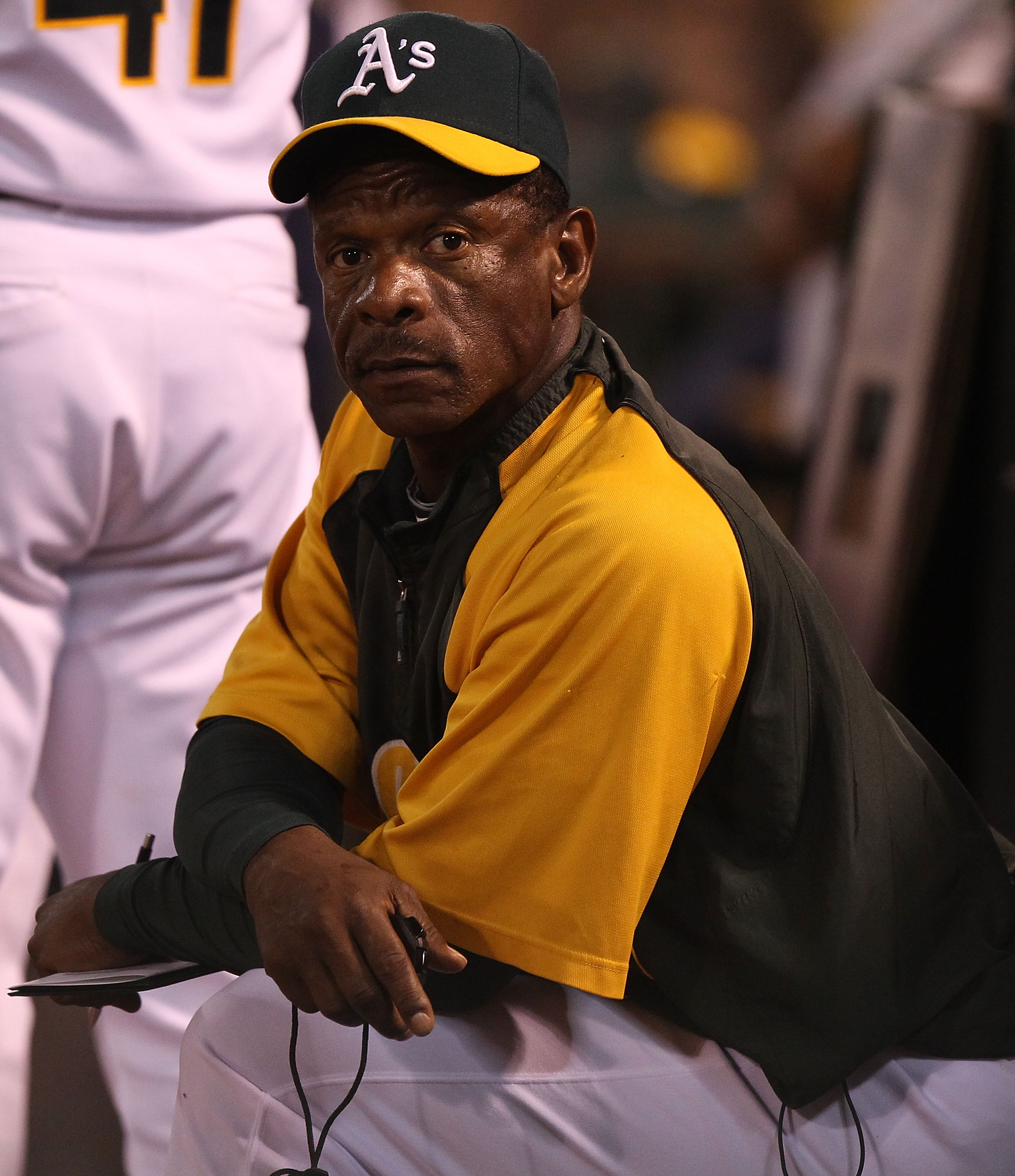
You're on first, and your team is up 11-2, bottom of the eighth. The pitcher's going for a curve. Do you steal the base? Certainly not.
Why? Seems like the main reason is bad sportsmanship; it's akin to running up the score in college football. Your team's ahead—no need to humiliate the other one further. That one stolen base isn't going to be the difference in catching Rickey Henderson anyway.
Throwing the Ball Around the Horn After a Strikeout
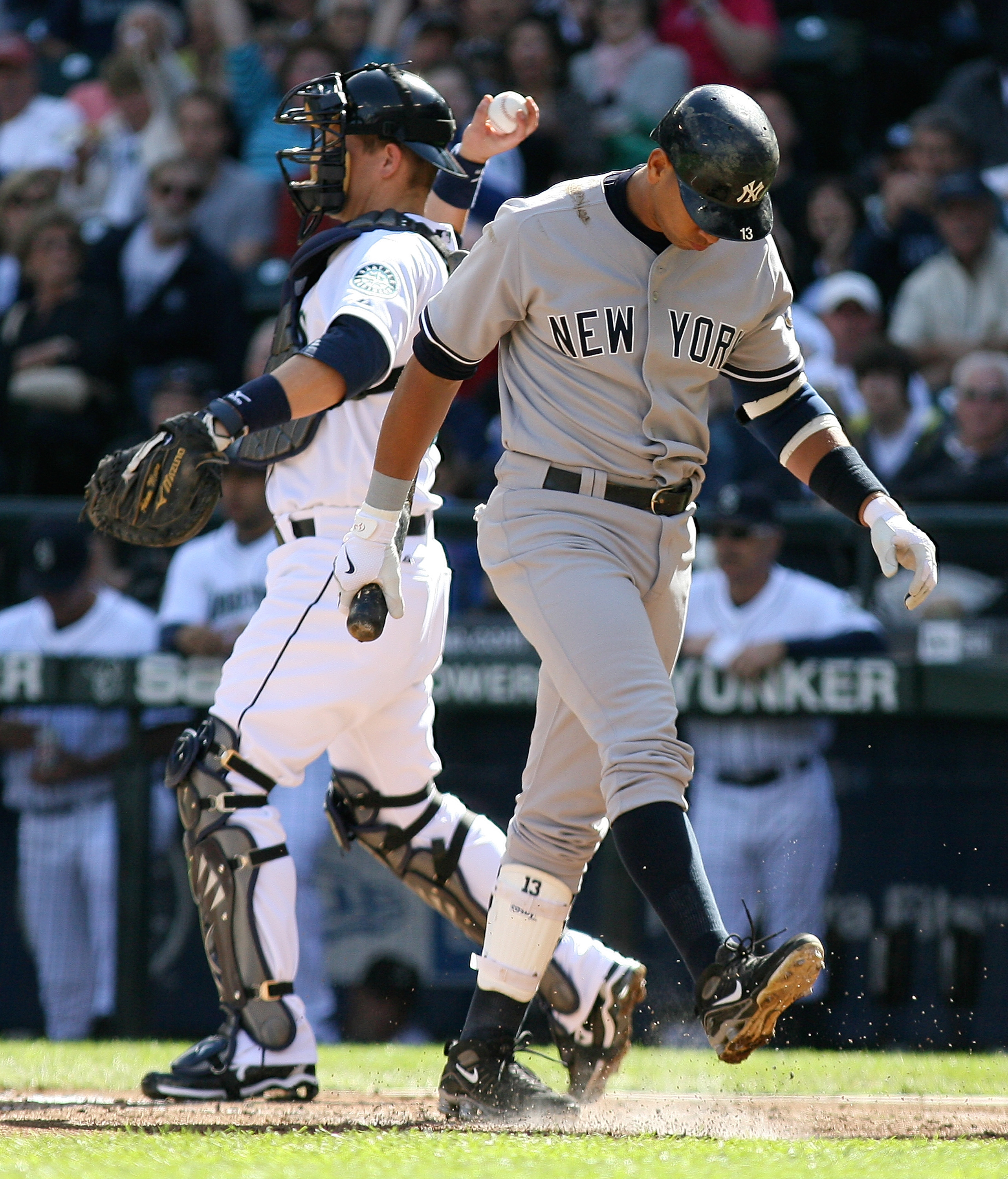
After a batter strikes out, the simple thing may be for the catcher to throw the ball to the pitcher. Instead, he throws it to third, and it's then thrown to second and short before being given back to the pitcher.
Going "around the horn," as it's called, keeps the infielders ready to go and gives the next batter time to get in the box.
A Pitcher's Revenge
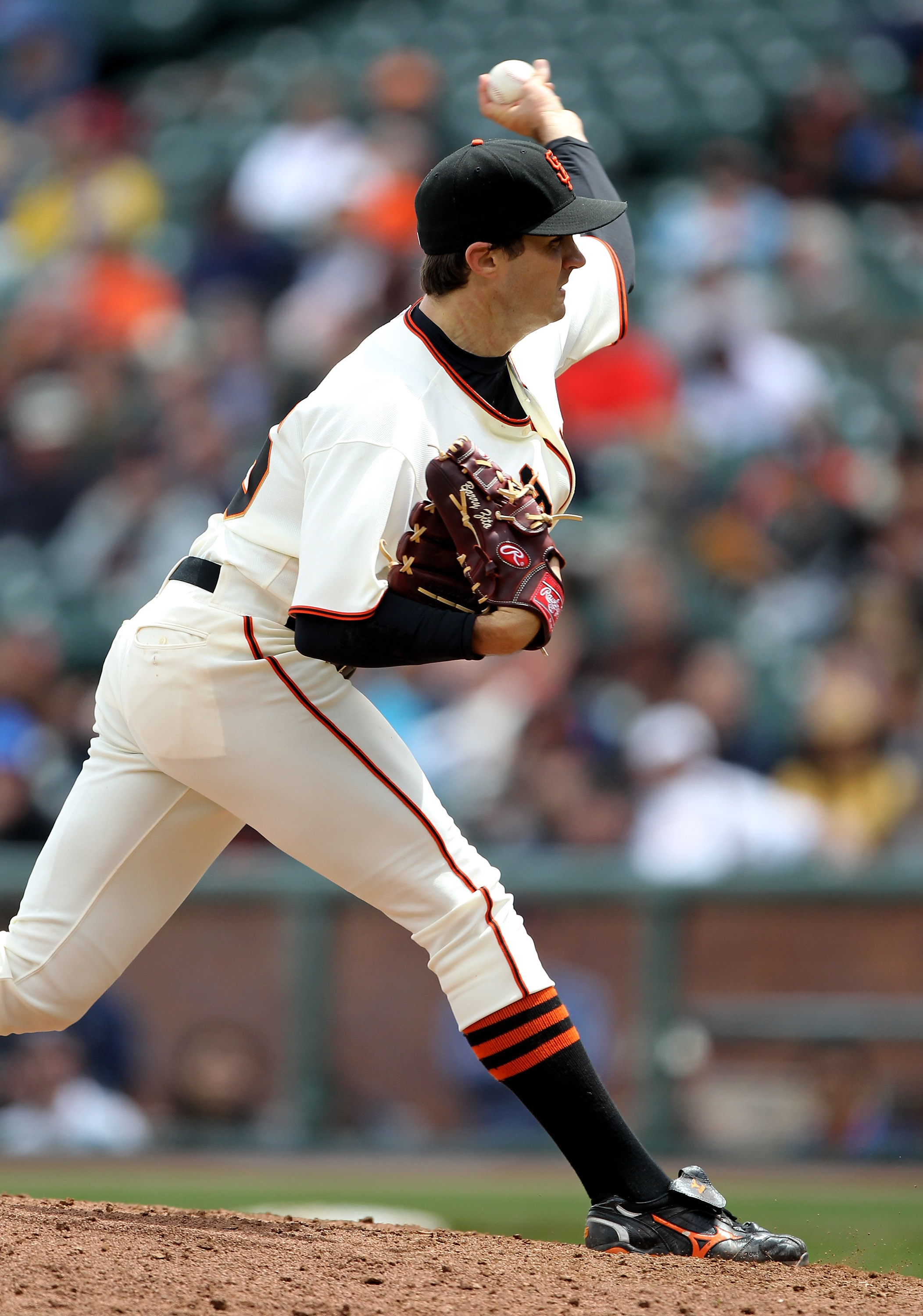
This one is more uncommon, seeing as how beaning a guy is at best frowned upon and at worst will get you suspended. Nonetheless, if a team feels it's called for, it's tradition to do it.
The best example stems from 2009-2010. In a Giants-Brewers game at the end of the 2009 season, Prince Fielder hit a walk-off home run and did a choreographed dance in celebration. The following season in spring training, Barry Zito hit him on the hip with a pitch. It looked like it just got away, but we all know the truth.
So long as the player isn't injured, it's a way to keep teams in line.
Interleague Play, or Lack Thereof

This is one that can be traditional both ways. The baseball fan in me loves being able to see both leagues play once in a while, with American League pitchers struggling to hit the ball. At the same time, keeping the leagues separated for most of the season just makes the World Series feel that much more special.
Let's say the Heat and Lakers meet in the NBA Finals. They'll already meet multiple times before that this year; imagine if those games are the only time they face each other.
It's a tradition only baseball has, and although it's been corroded slightly in recent years, it is nonetheless great.
Jackie Robinson's Number
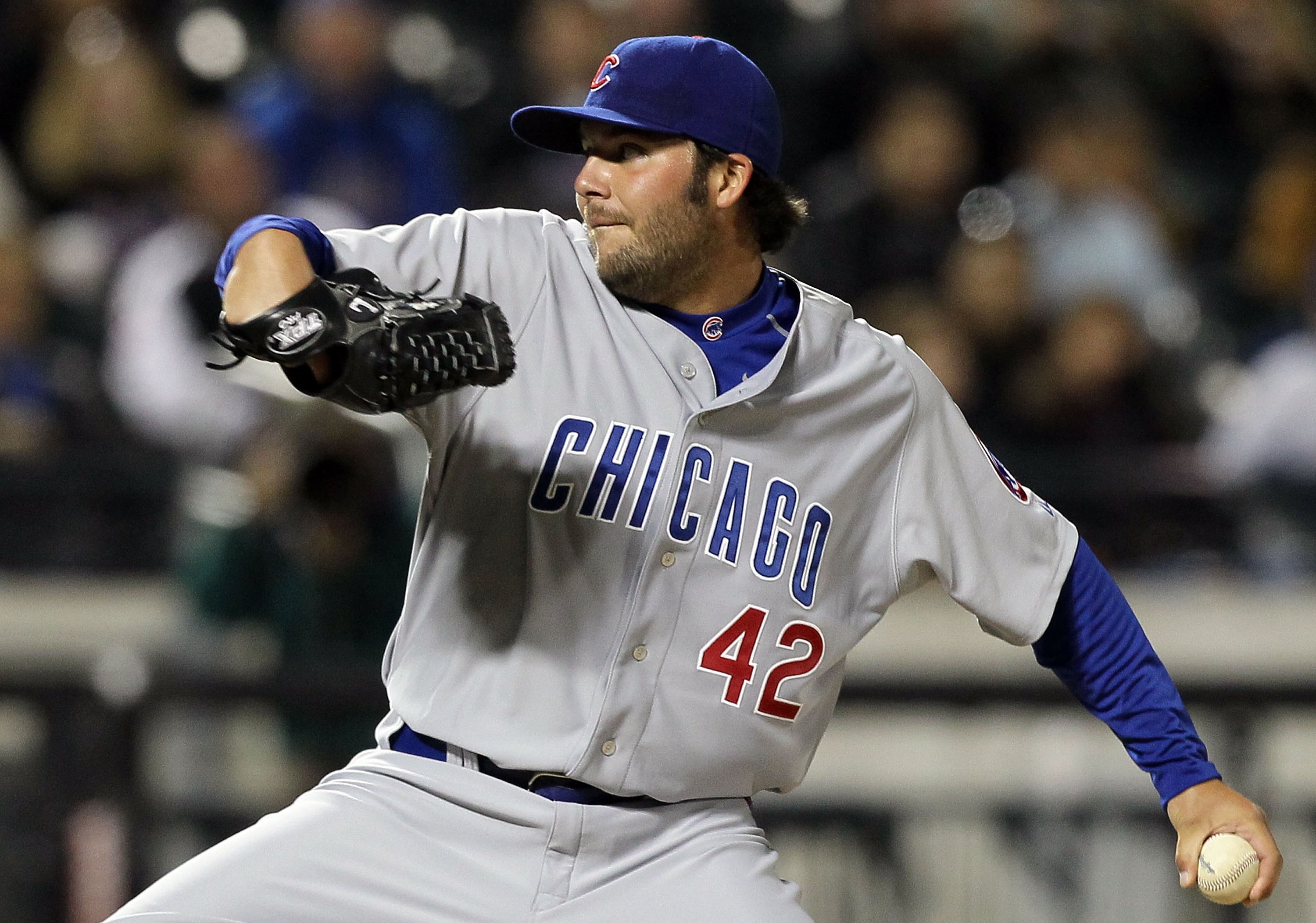
It's only natural that this goes in slide 42 (excluding the introduction). Jackie Robinson breaking the color barrier in 1947 was not just something big for baseball; it went far, far beyond that. It's only natural that No. 42 is the one retired by all teams.
So then, why is the man above wearing it? Recently, it's been made so players can wear it for one day, April 15, if they so choose. It's great to see, because seeing that number on someone just creates an aura; it's not something that can fully be explained.
Mascots
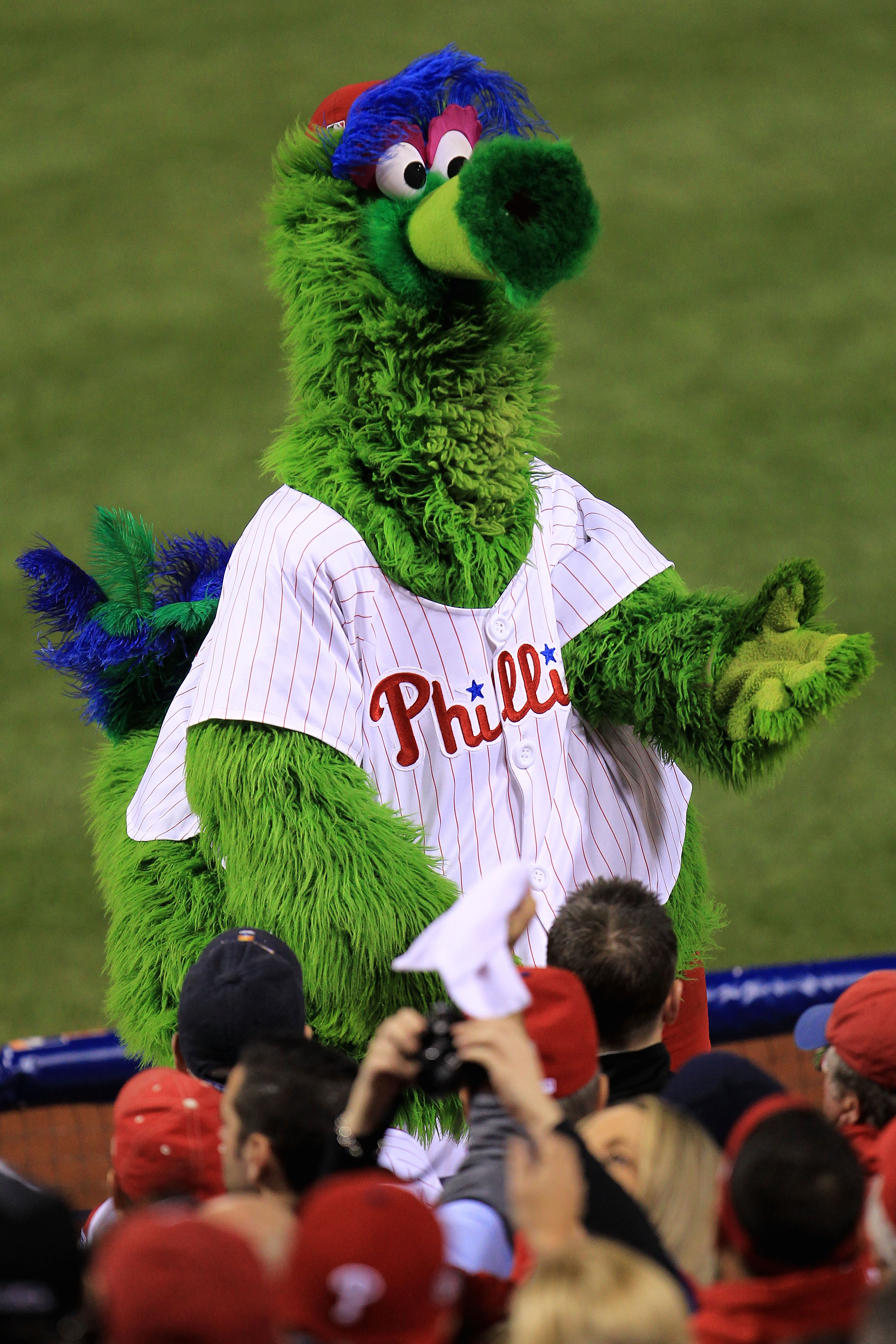
Most sports teams have mascots; that's always been a tradition. Yet there are some baseball mascots that become iconic and symbolize baseball and what it means to be a mascot. The two most major examples are the Phillie Phanatic and Mr. Met.
While mascots in and of themselves embody tradition, sometimes they can make traditions themselves...
Mascot Races

At some point during many baseball games, there will be races between mascots unrelated to the team itself, but nonetheless exciting to watch. The Milwaukee Brewers have the Sausage Races that take place in the middle of the sixth inning.
Beyond that, the Washington Nationals have the Presidents Race in the middle of the fourth inning, where four presidents, typically Jefferson, Washington, Lincoln and Teddy Roosevelt, race much in the same manner. Many other teams have these races as well, though with other characters.
The Many Eras
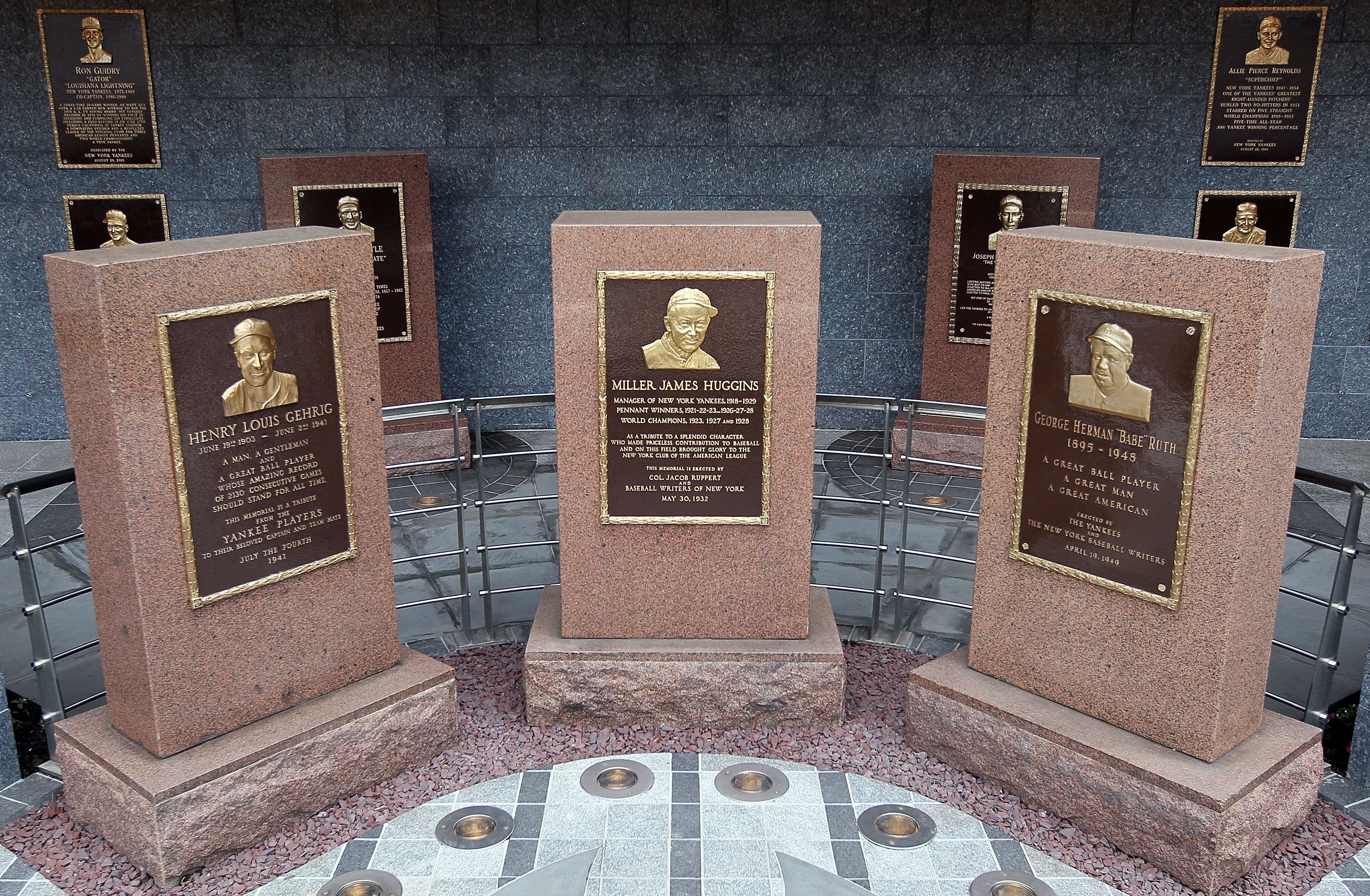
Most sports have their own versions of these, yet baseball is actually able to pinpoint them not just by who was winning titles and the like, but how everything about the game was played. There was 19th century baseball, where the game was setting up, and there was the dead ball era from 1900 to 1920.
The first true live ball era came with the emergence of Babe Ruth until World War II erupted (around this time could very well be considered the golden age of baseball). After that period, integration began as the color barrier was broken.
After 1960, we moved into another era of small ball, then into two divisions, and then in the 1990s, the steroid era hit.
We look to be on the cusp of a new era, one which will hopefully be baseball's best yet, which is unlikely given our traditions.
Bleacher Creatures
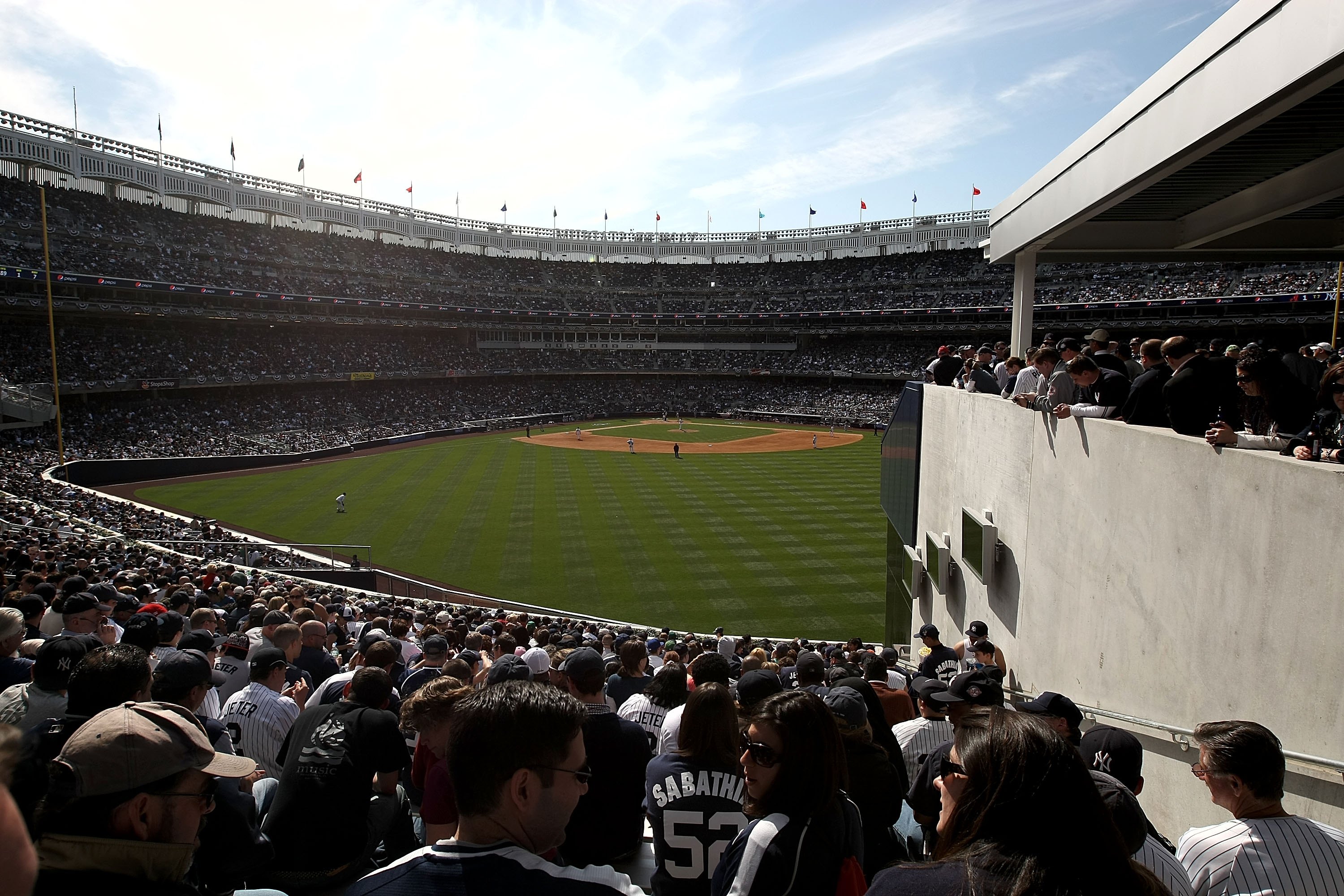
I, of course, can not forget the fans of the game. Many of the fans actually became part of baseball lore themselves.
The Bleacher Creatures are Yankees fans who are loyal to the fullest. They'll jeer opposing team members and show what it truly means to be a Yankee fan.
One of their major gimmicks is the Roll Call, which is something you would have to look up to fully understand and enjoy.
Morganna
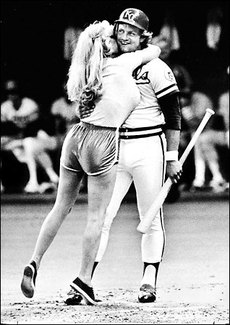
Who was Morganna? In short, during the 1970s and 1980s, she was known as the "kissing Bandit."
It started in 1971 when she ran onto the baseball field and kissed Reds star Pete Rose, and from there she went on to kiss Cal Ripken Jr., Steve Garvey, George Brett, Johnny Bench and Nolan Ryan.
Only in baseball can one look forward to a woman running on the field to kiss an athlete in the middle of the game.
The Superfans
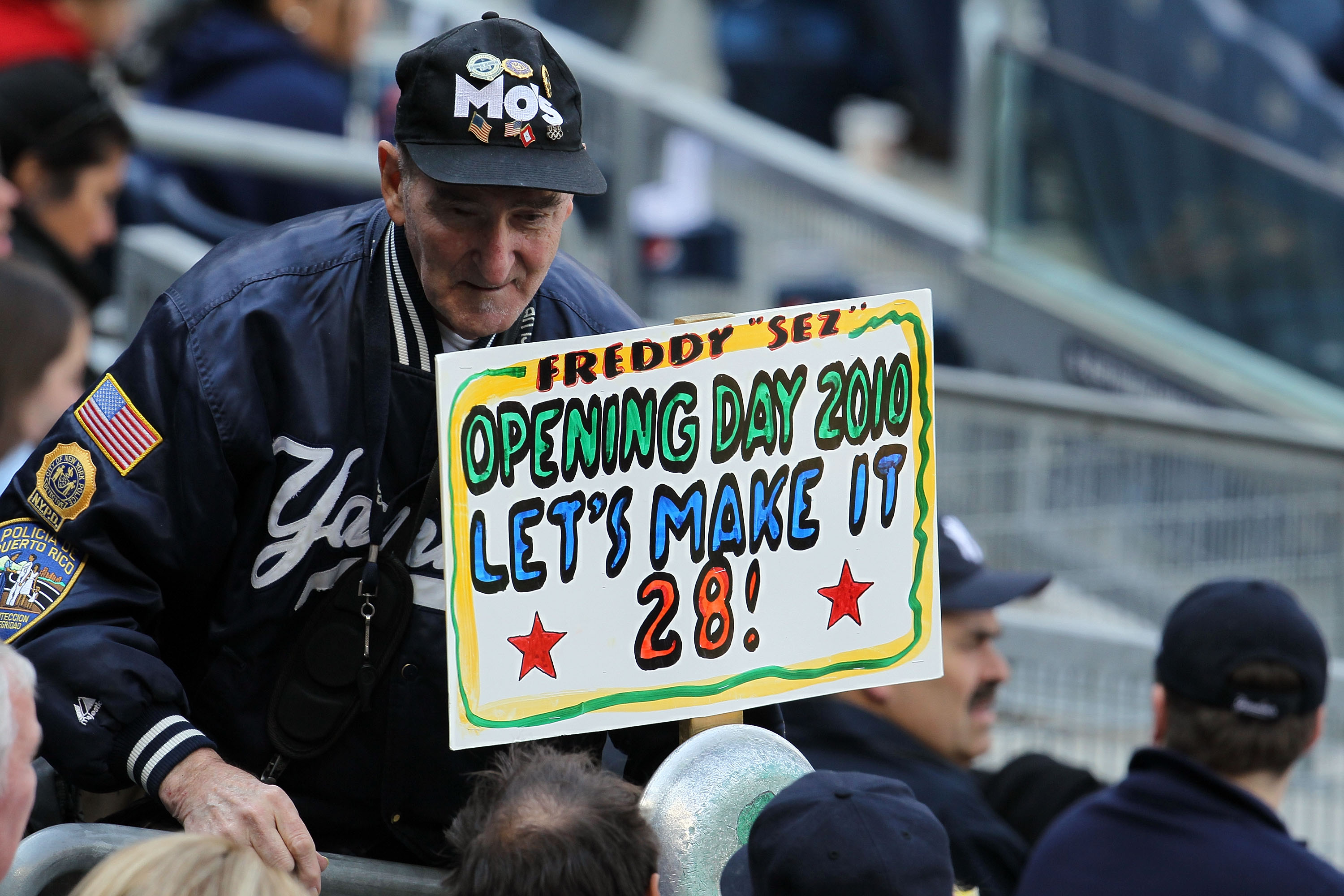
The superfan is what makes going to games great.
Many teams have their various superfans. The Yankees have the late, great Freddy Sez, the Mets had Sign Man and have Cowbell Man, the Indians have John Adams the drummer and even the Tampa Bay Rays have their own superfan heckler in Robert Szasz.
The Rivalries
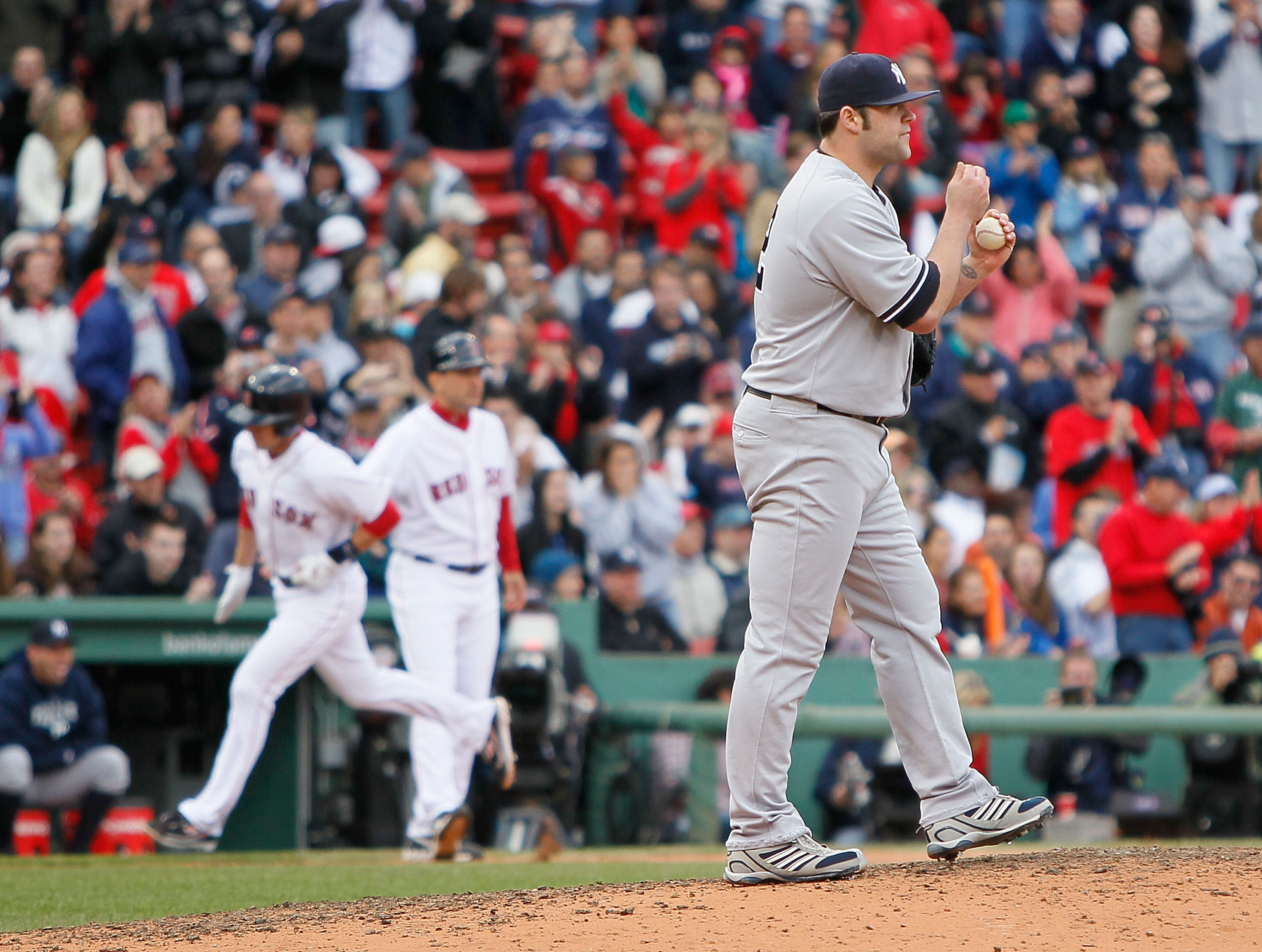
All sports have their rivalries, yet in baseball, they can extend to a whole new level. The Yankees and Red Sox obviously have the largest thanks both to the Curse of the Bambino and the outcome of the 2004 World Series. Other rivalries include the Cardinals and Cubs, Dodgers and Giants and Mets and Phillies.
All help bring that competitive atmosphere forward and make the game even more enjoyable.
Being America's National Pastime
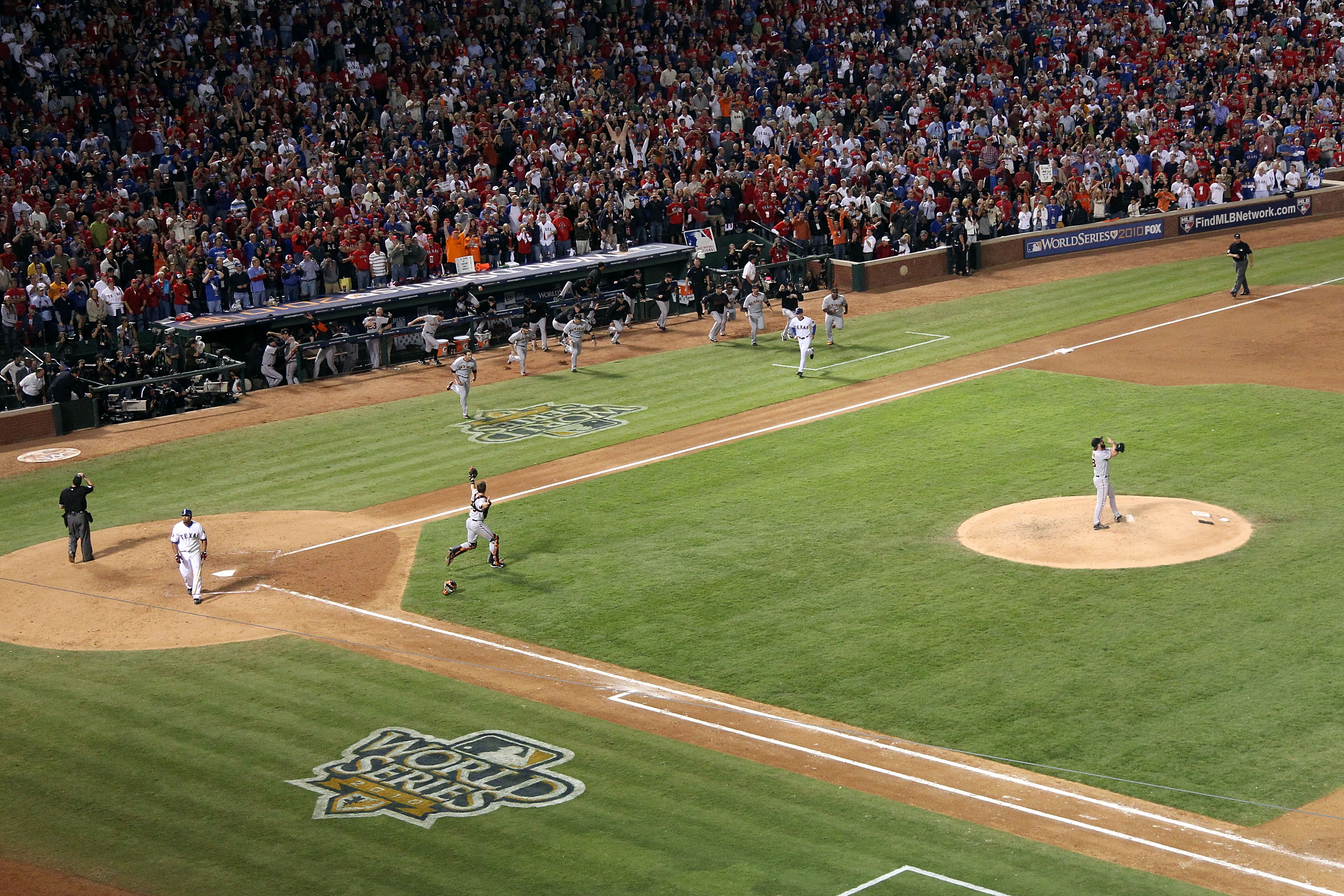
What could be a better tradition than being America's pastime? Besides being the world's pastime, not much.
Baseball has been around and remembered for as long as it has for all its tradition that it brings. It's what makes it work even in the face of the modern glow of the NFL, which is likely in its golden age right now, or the high scoring in the NBA. All this is what brings baseball together in America.